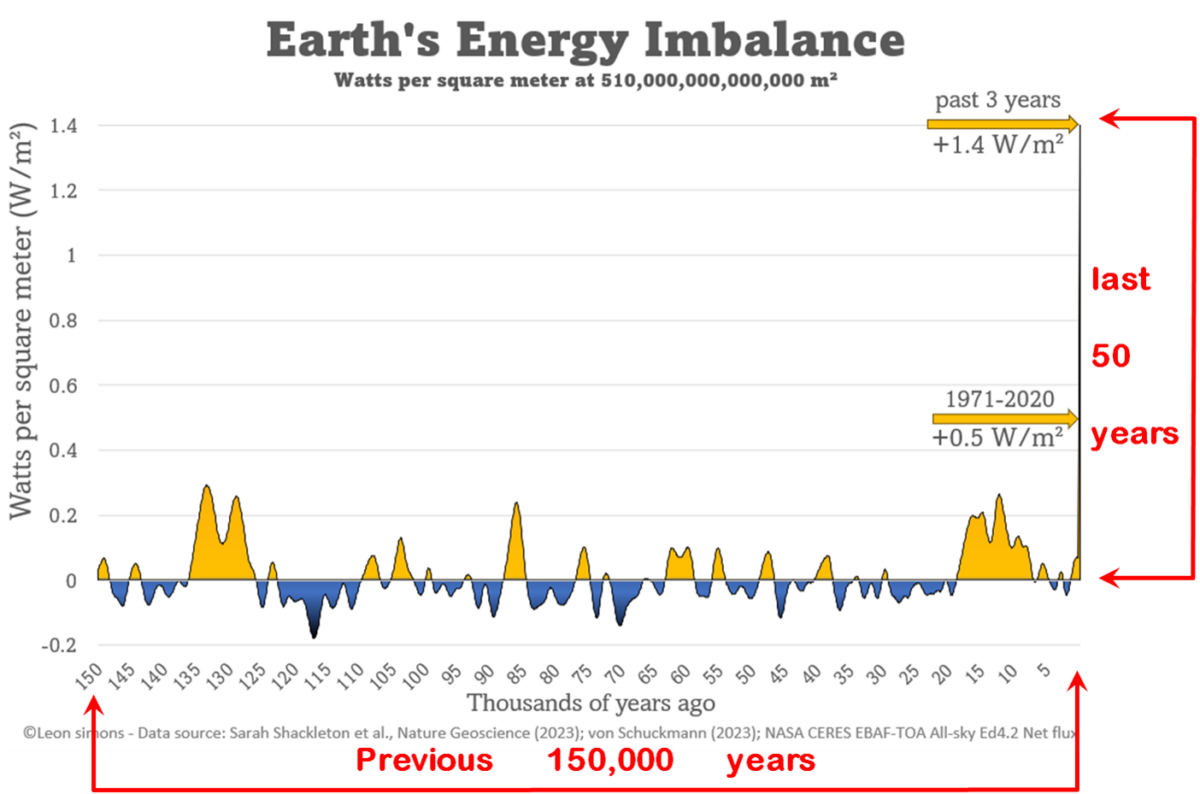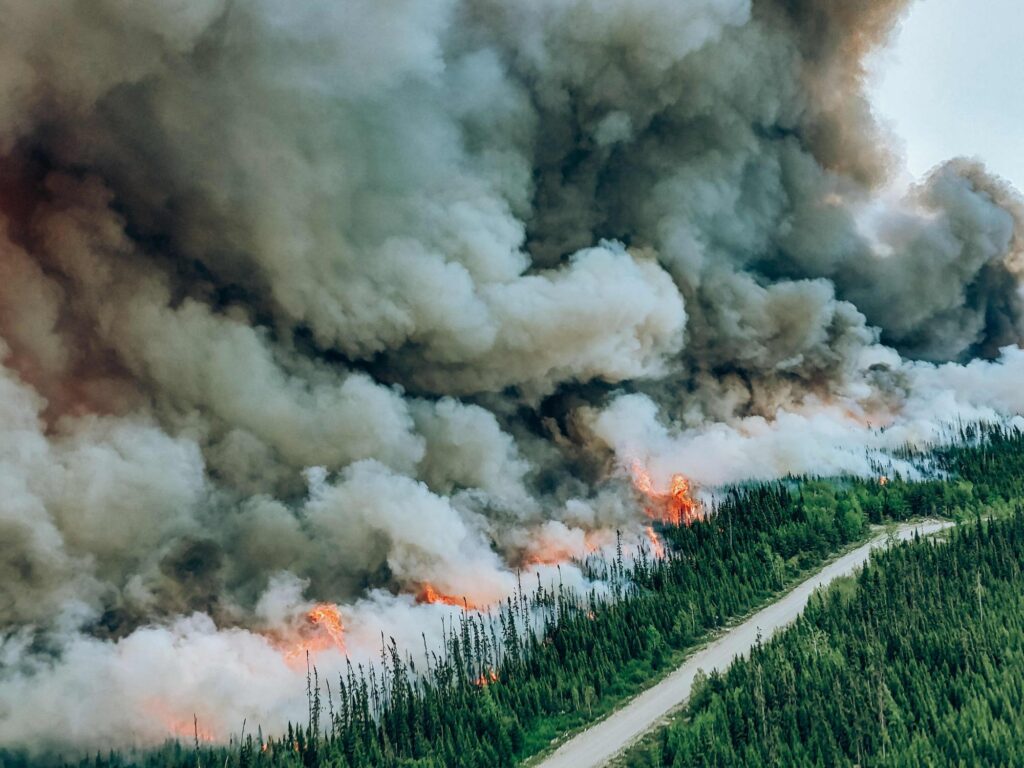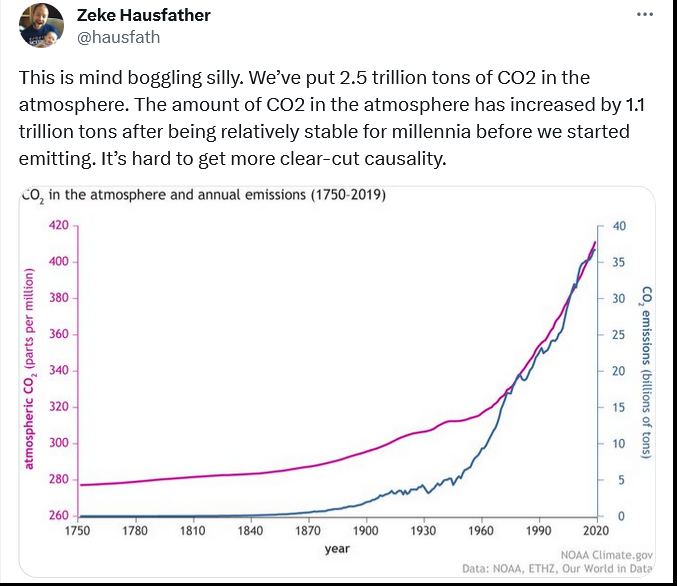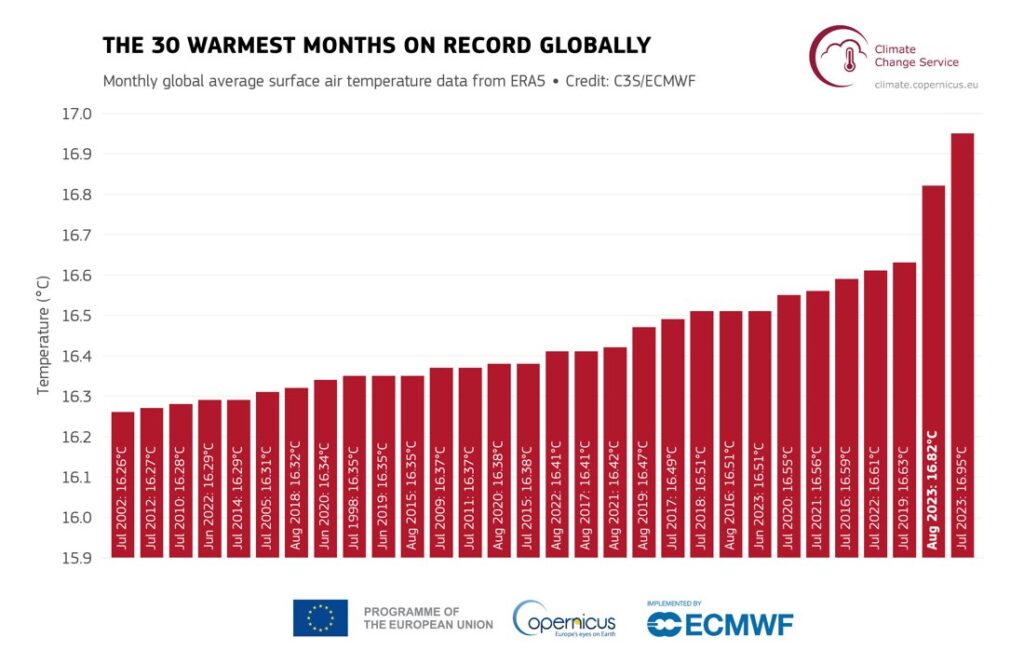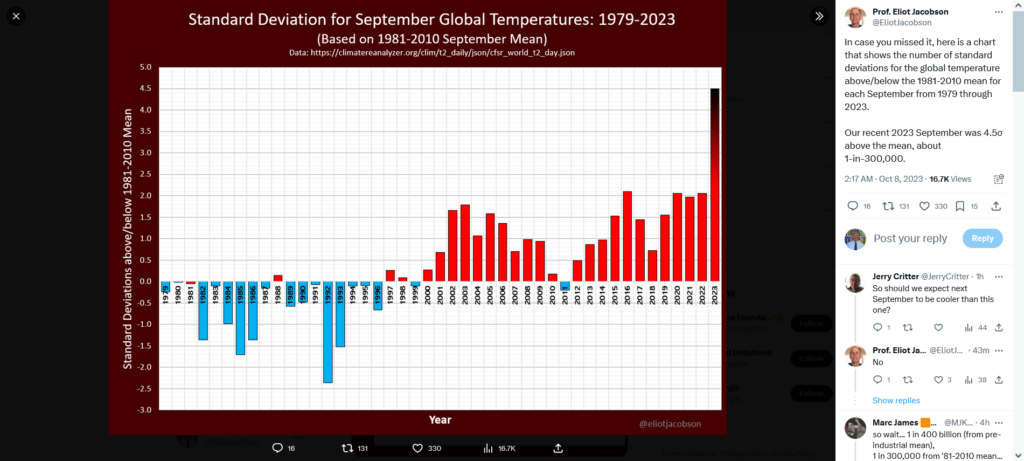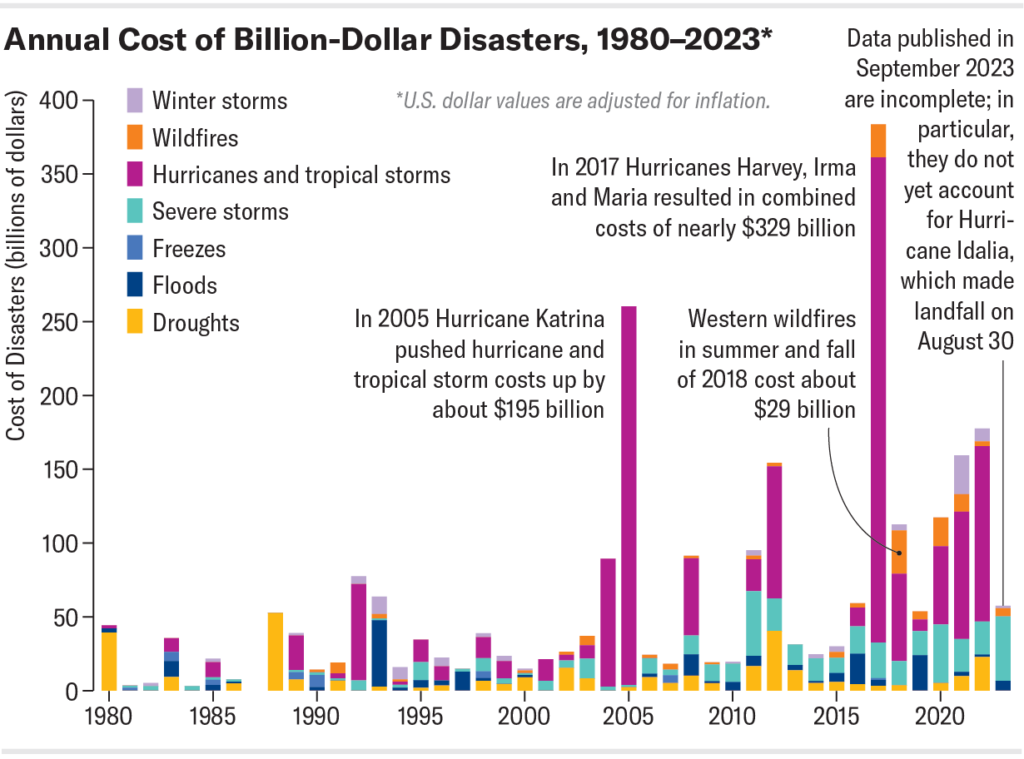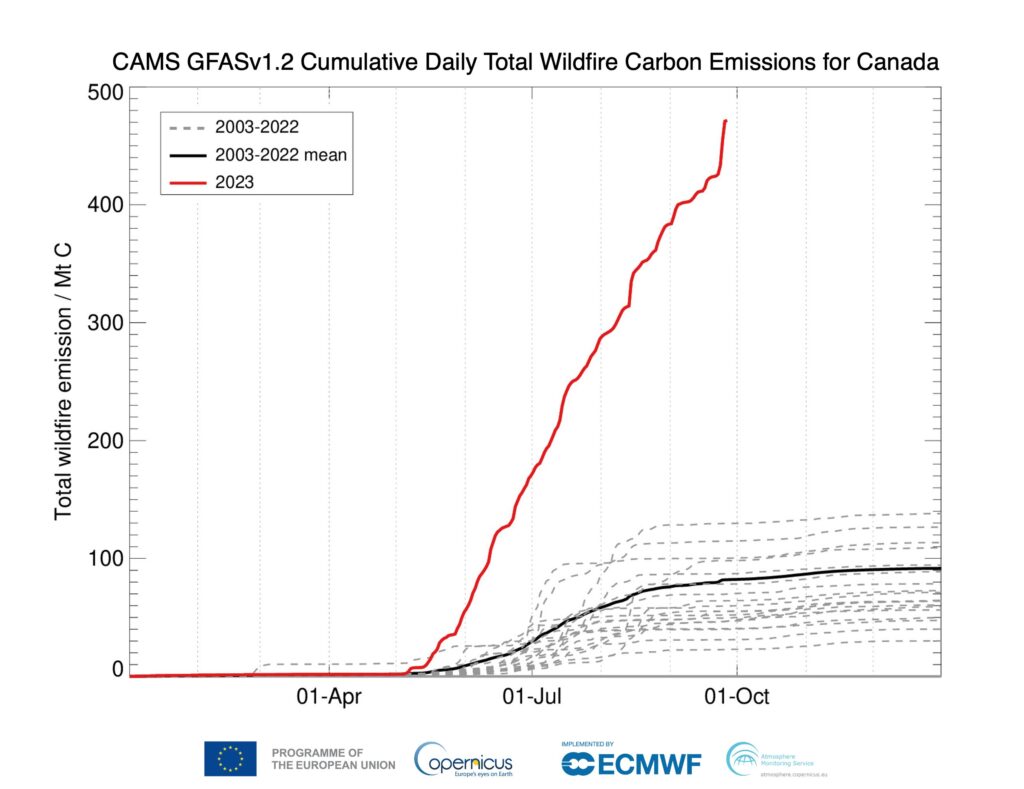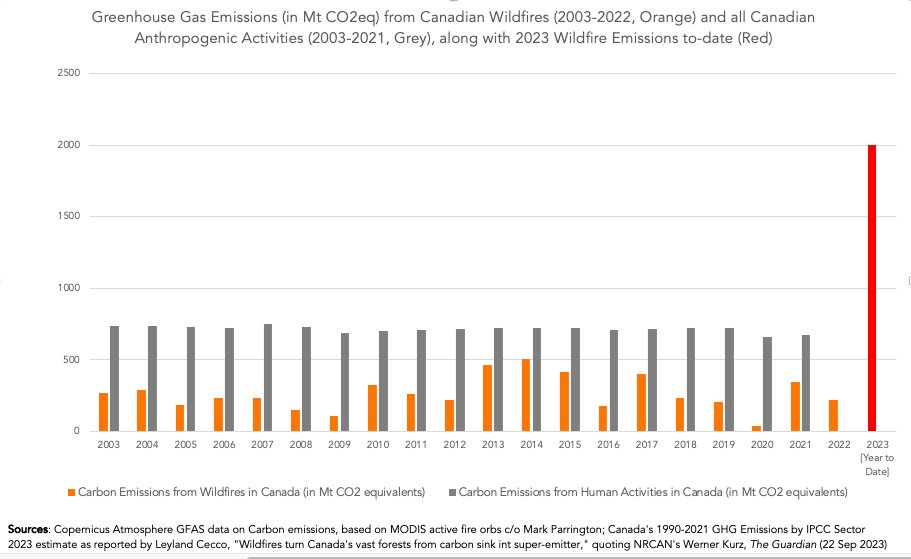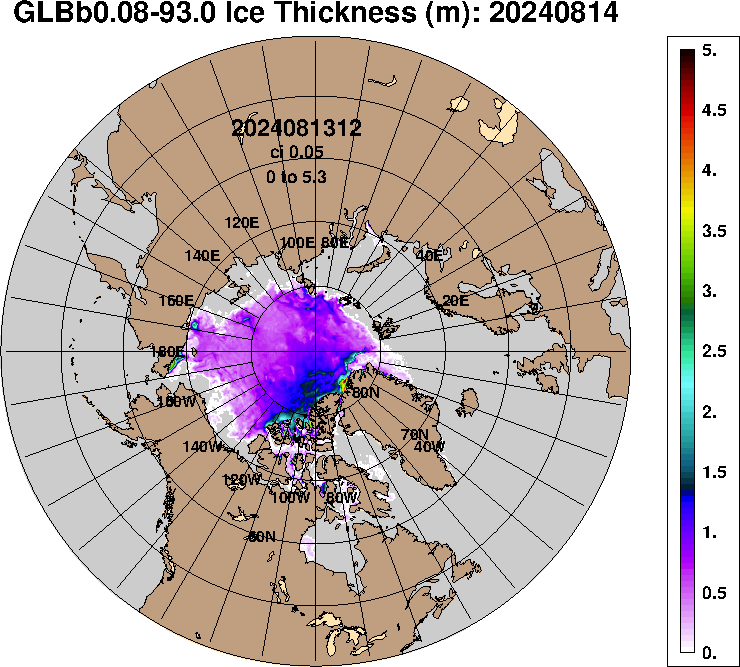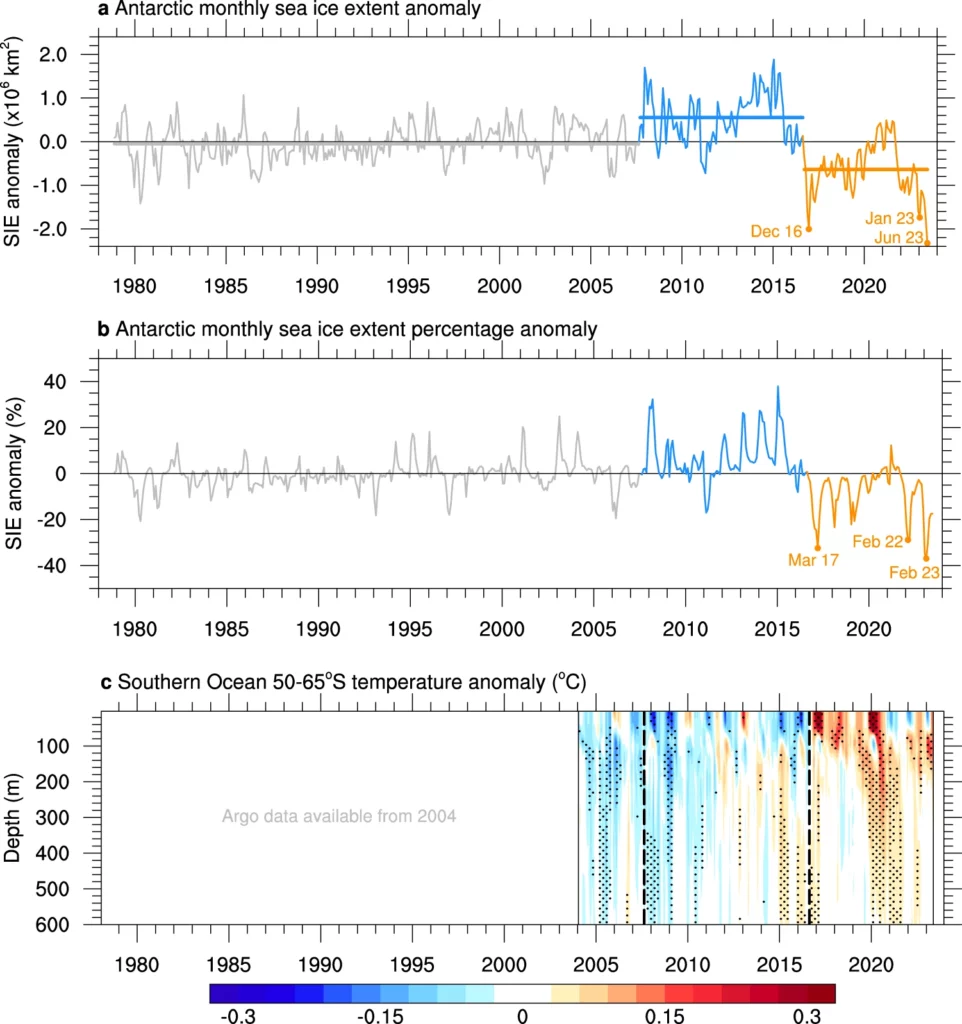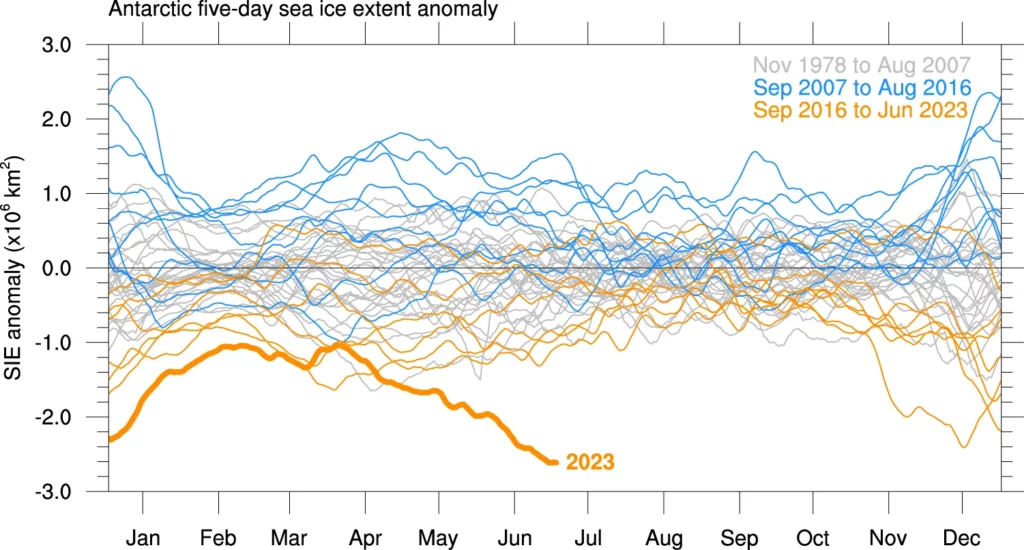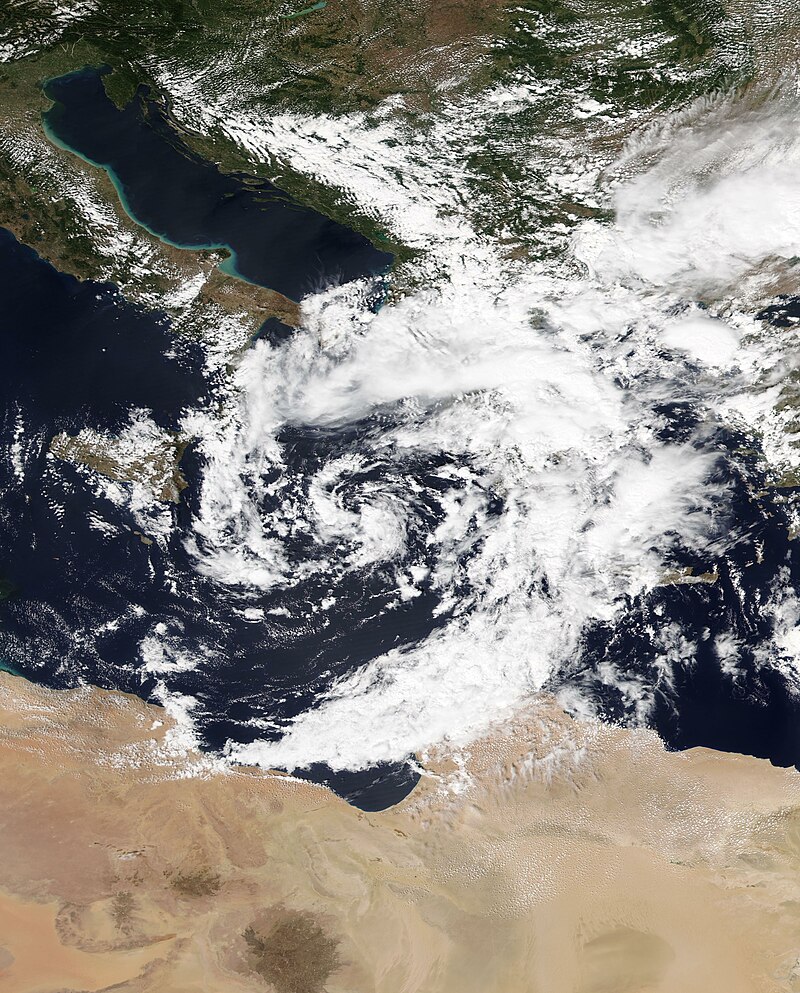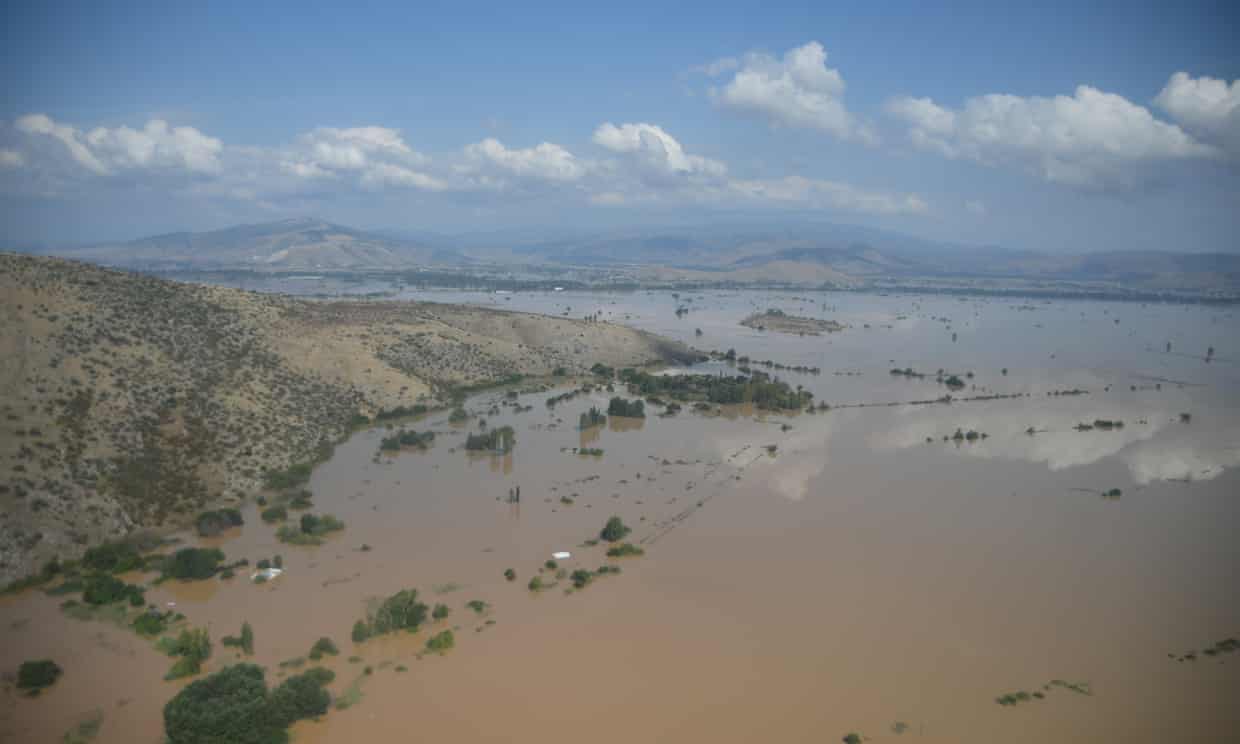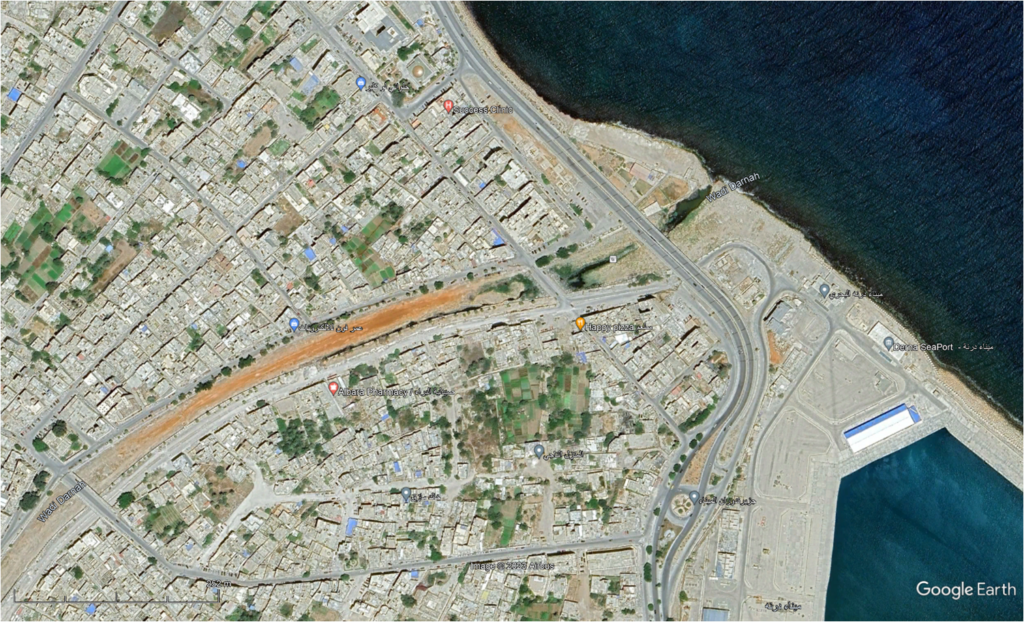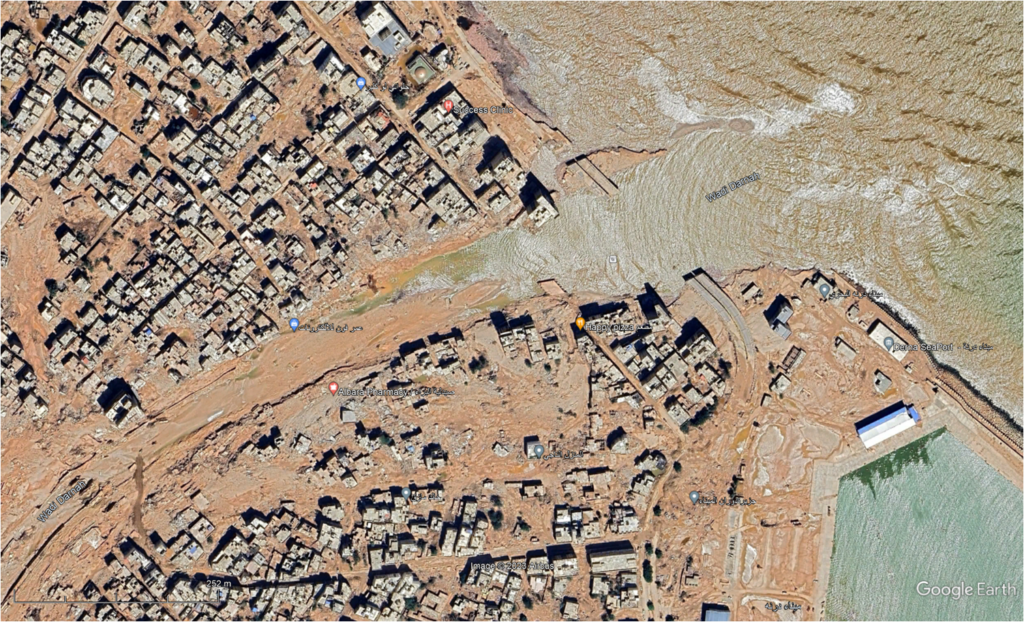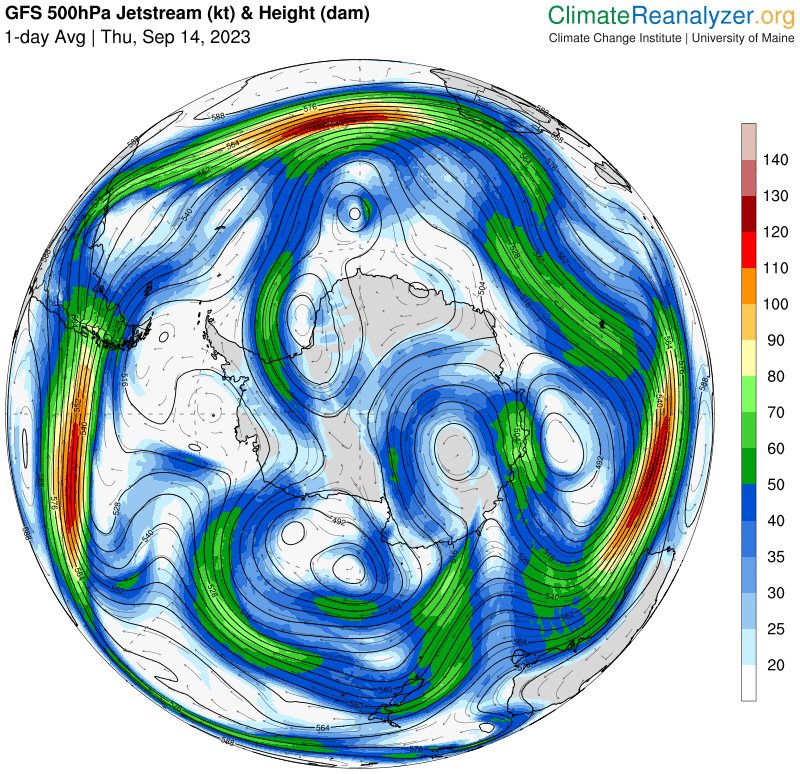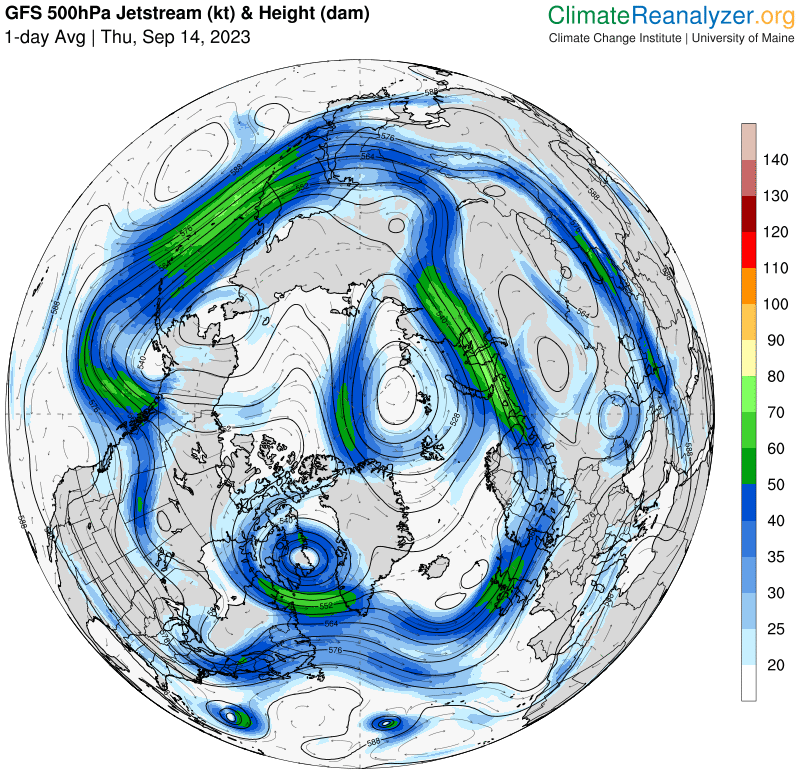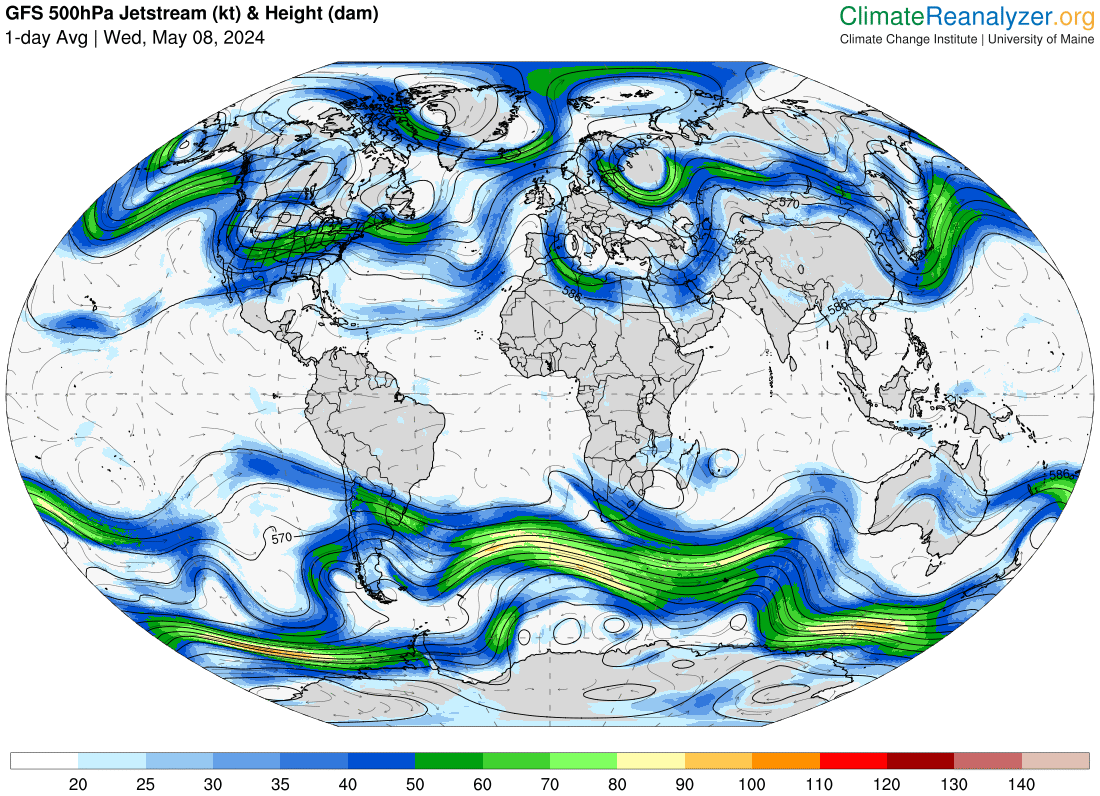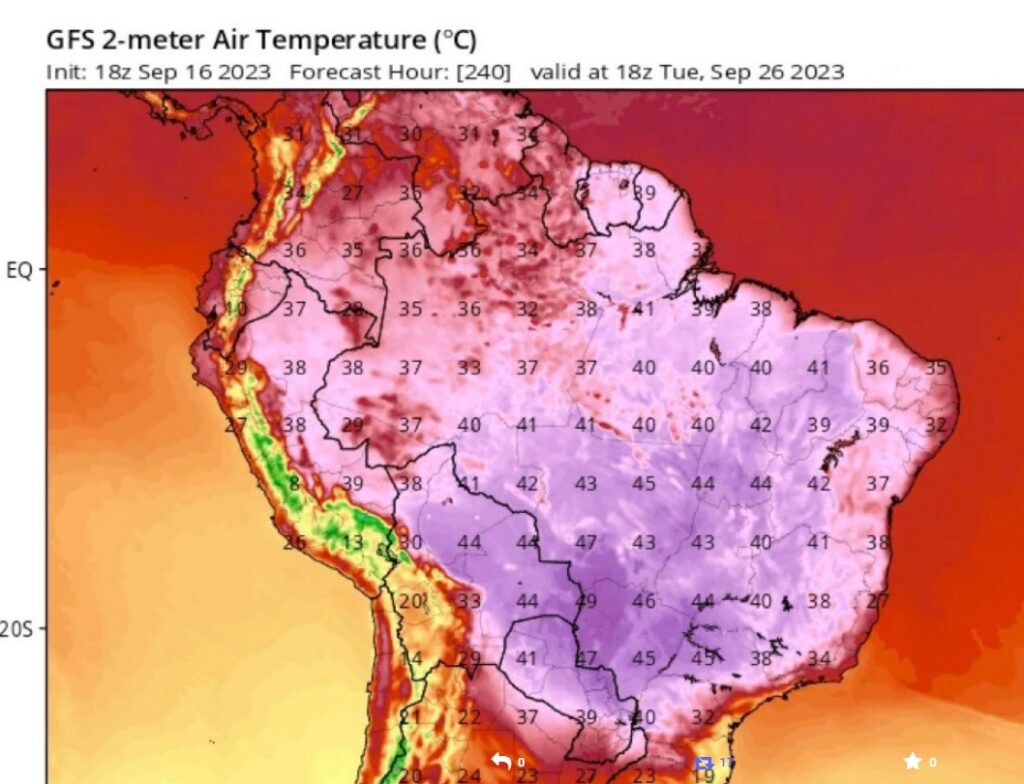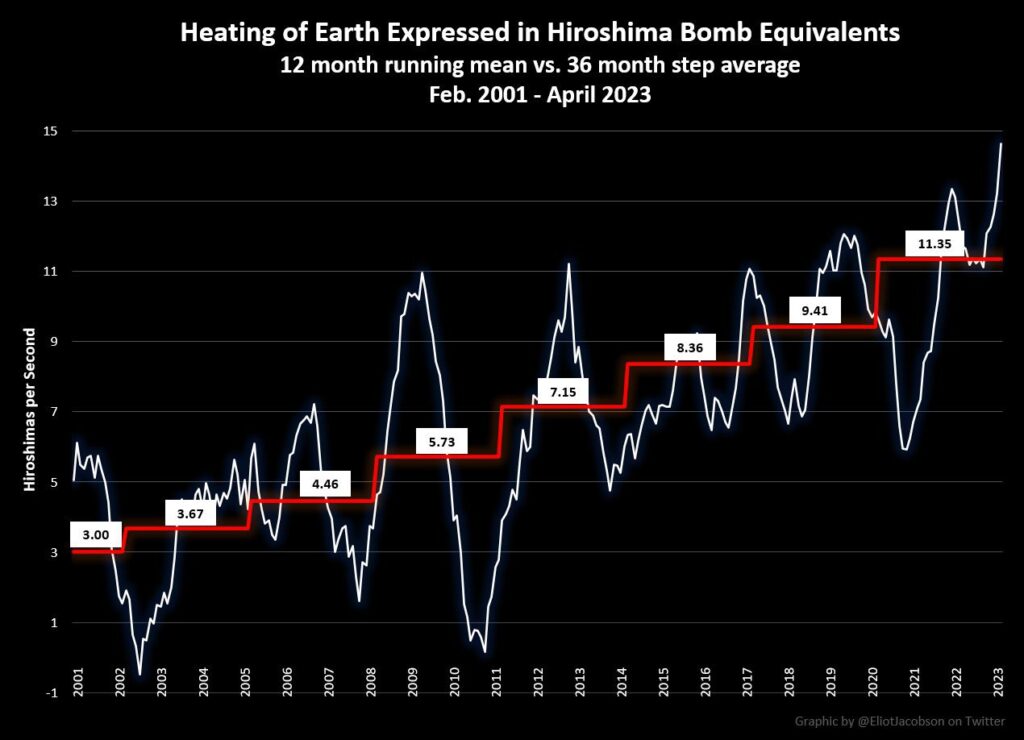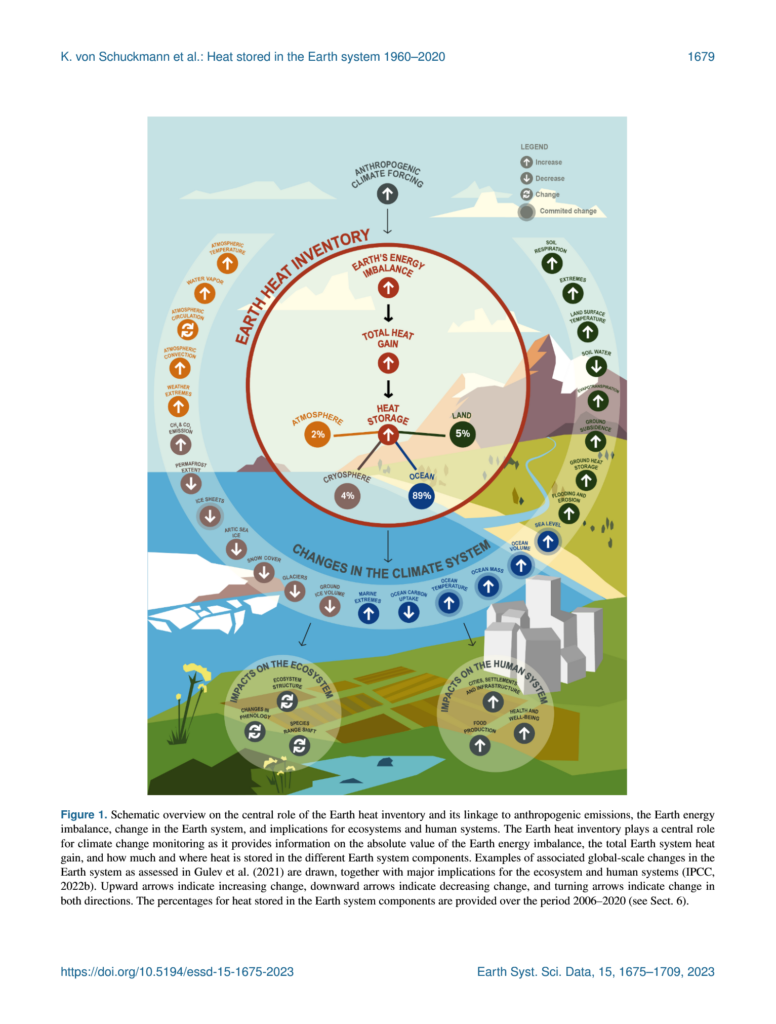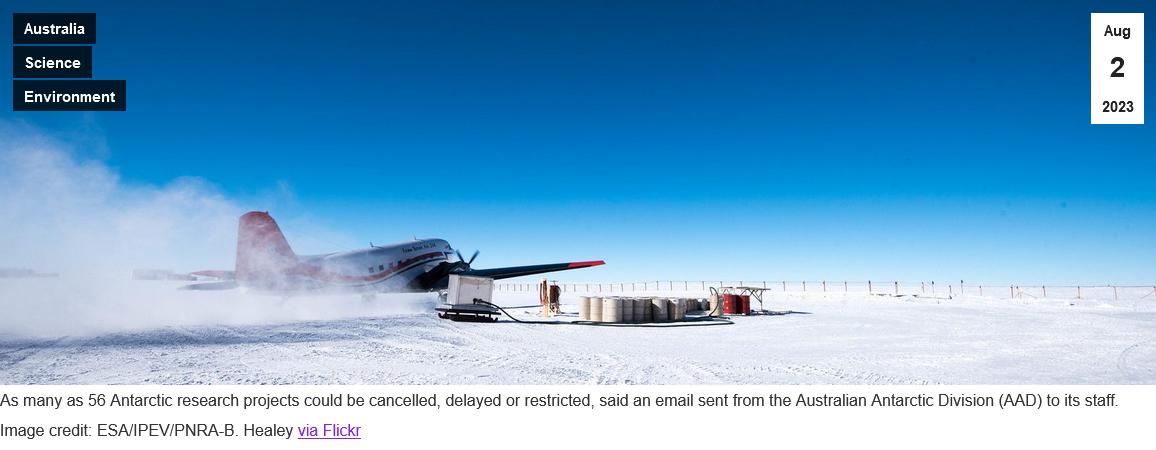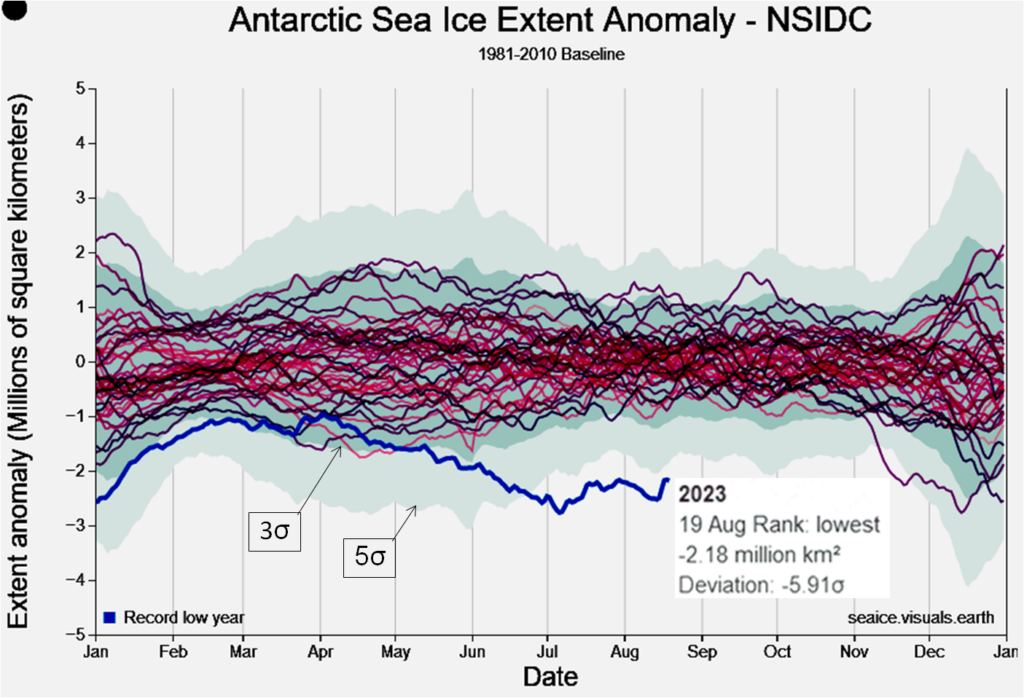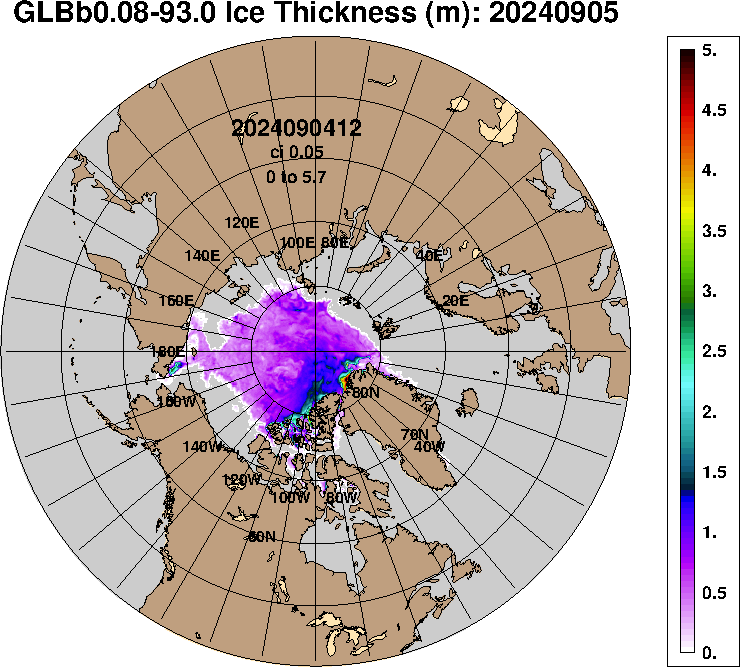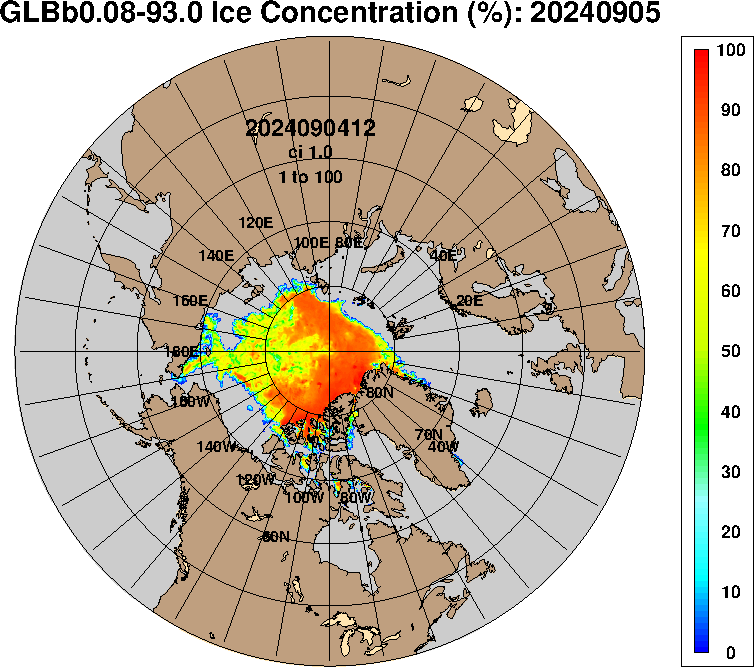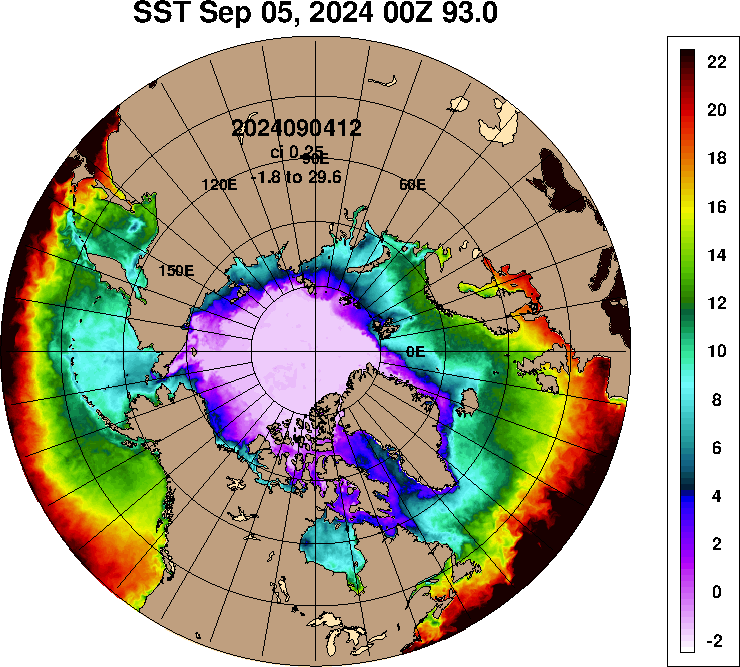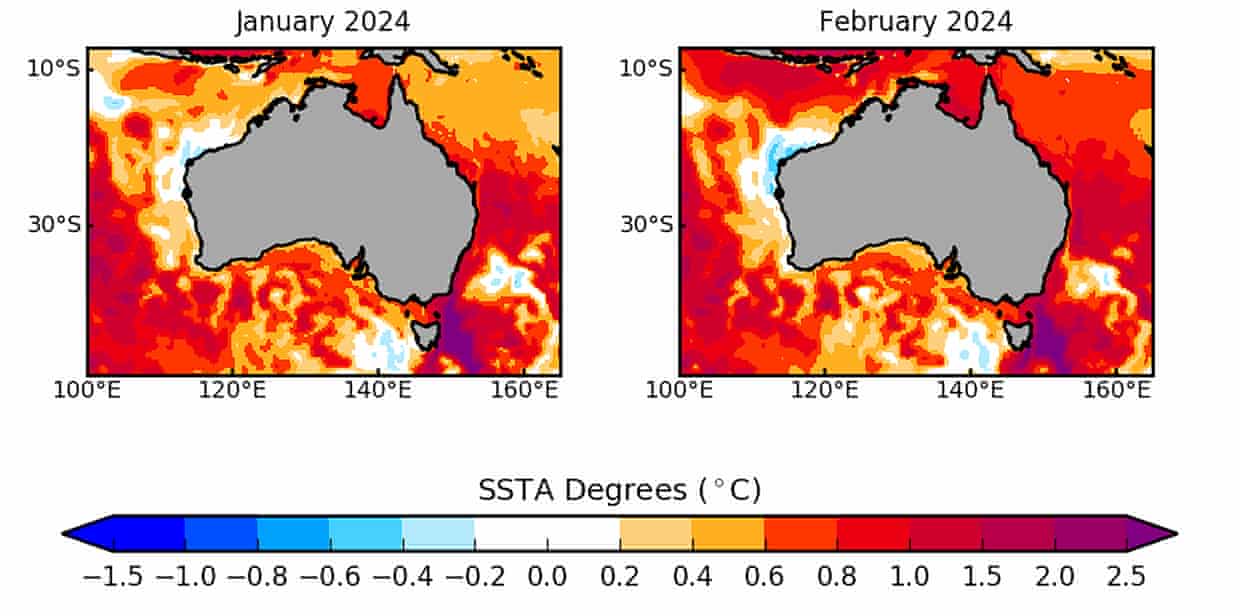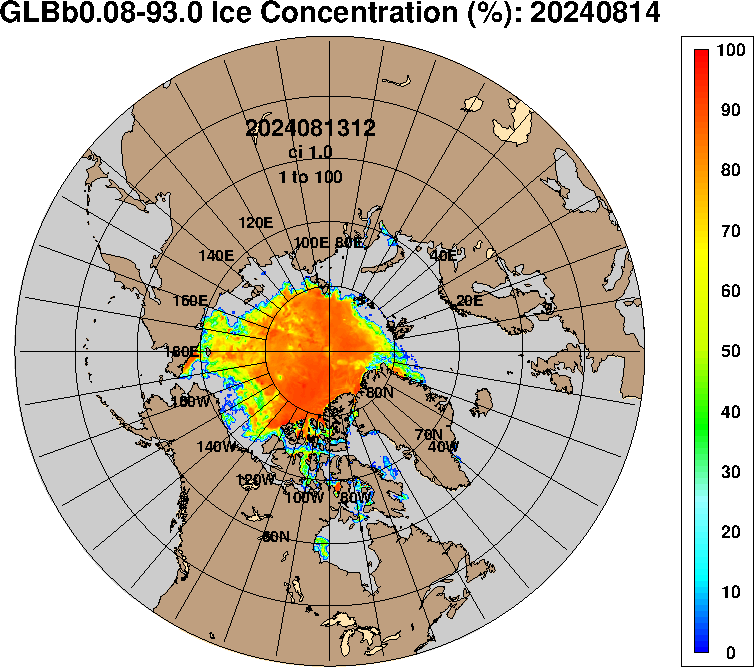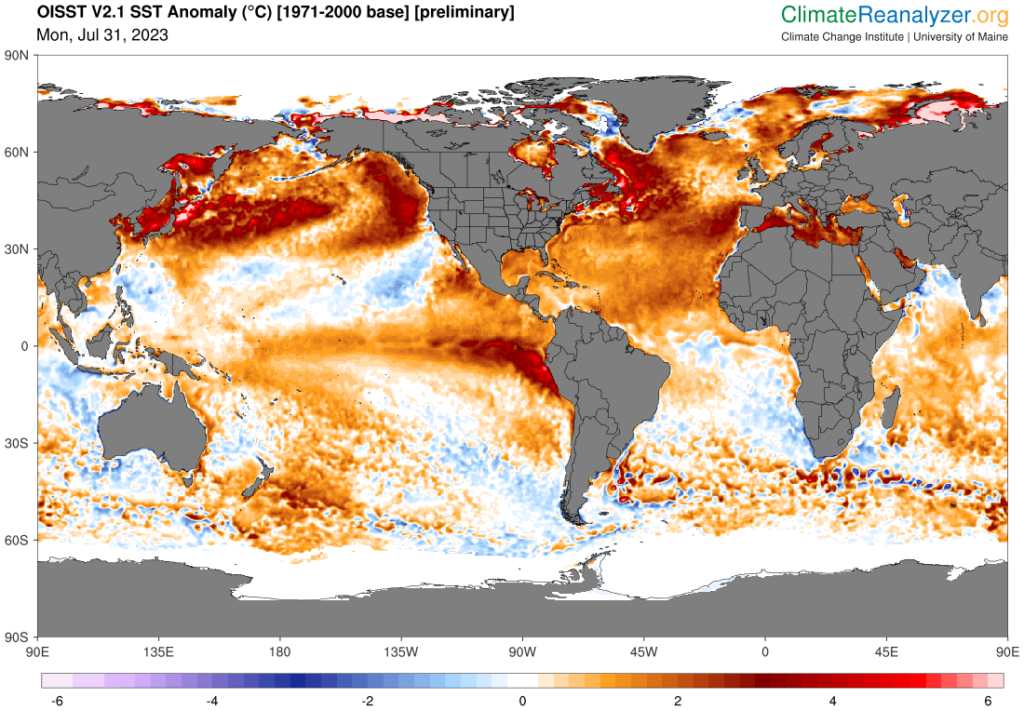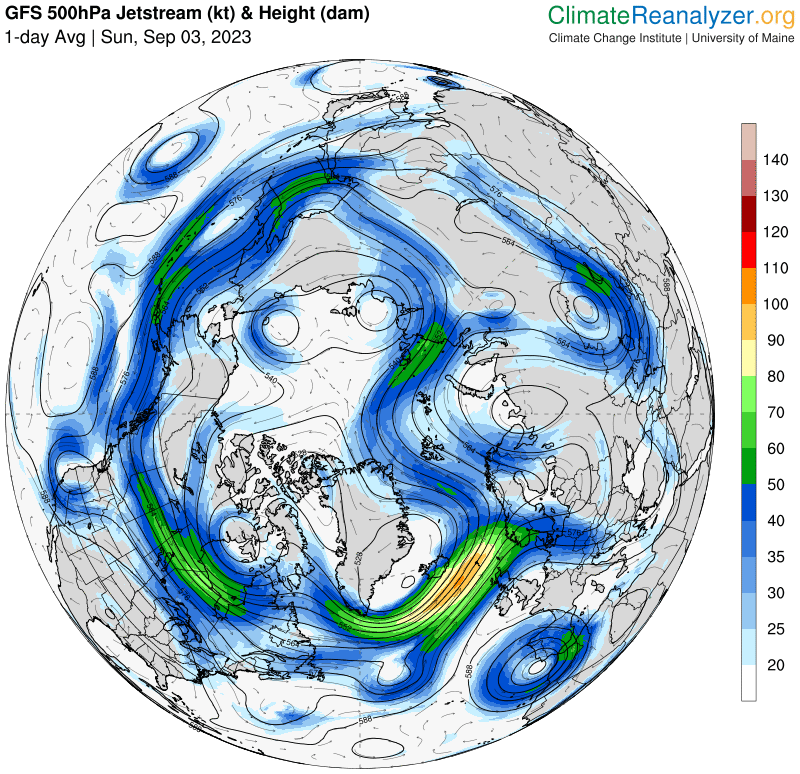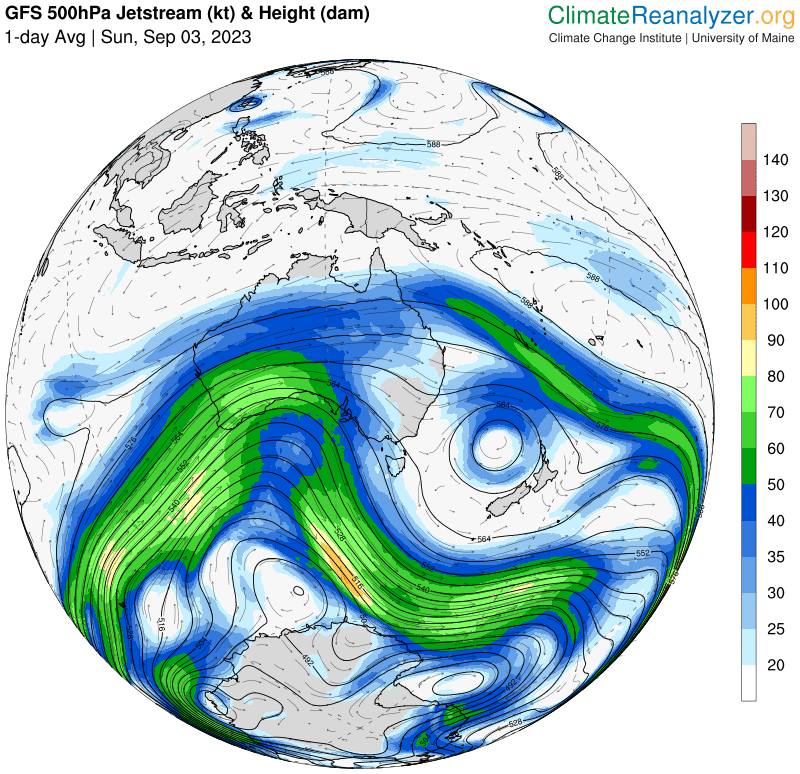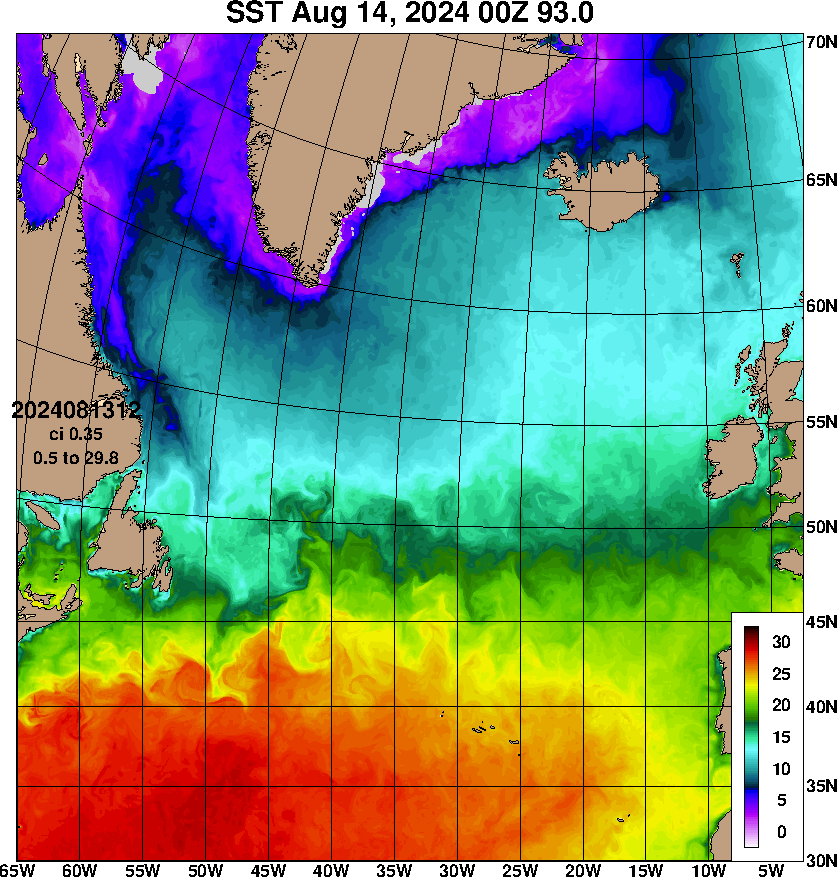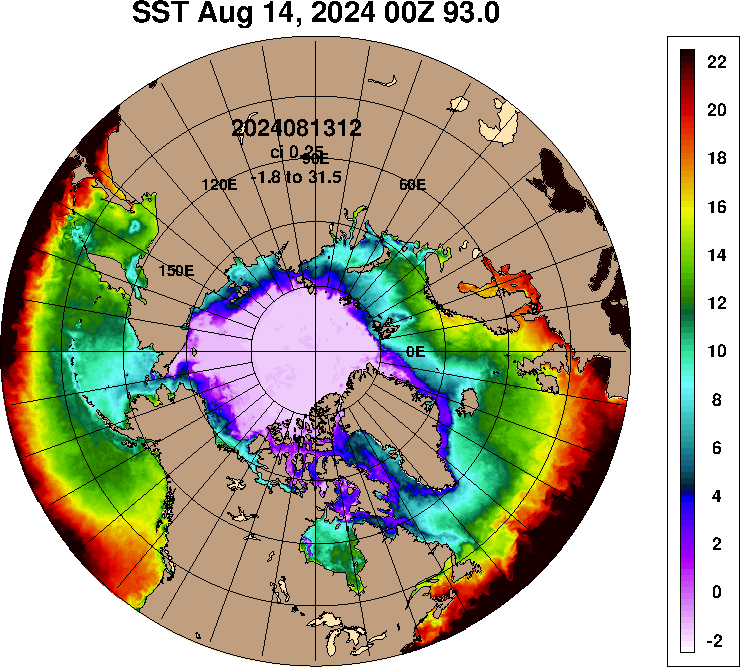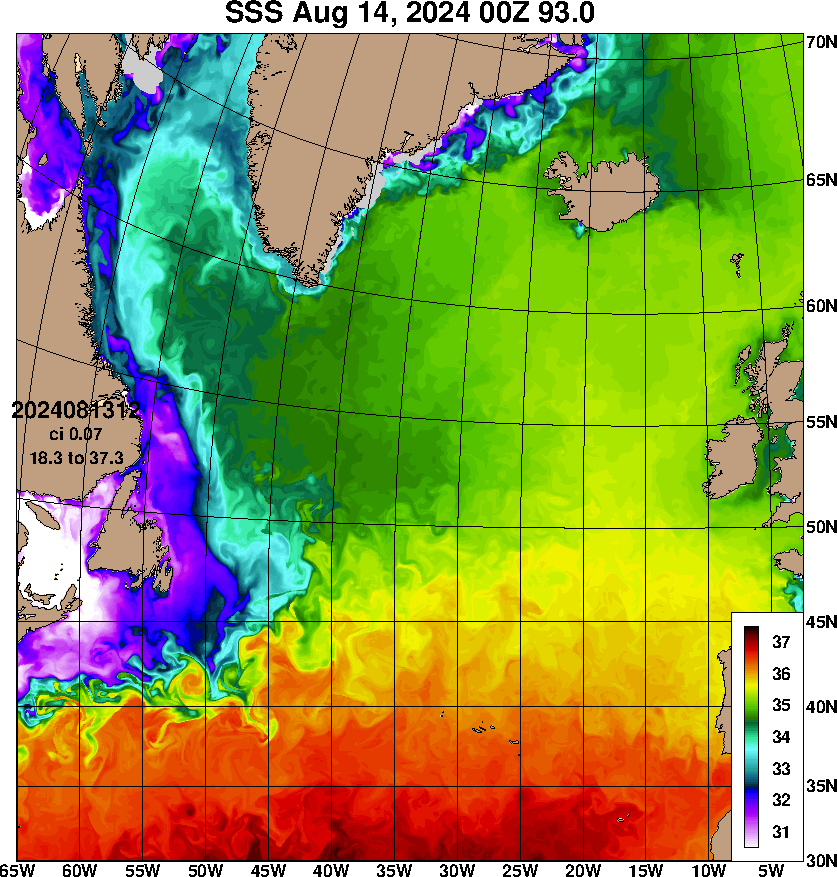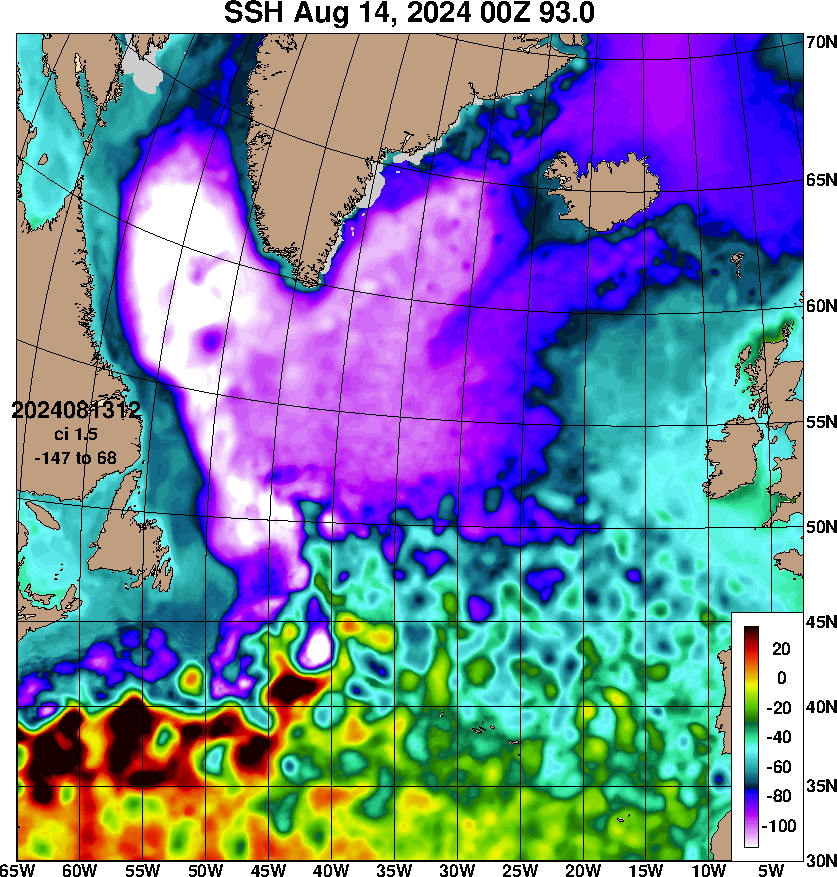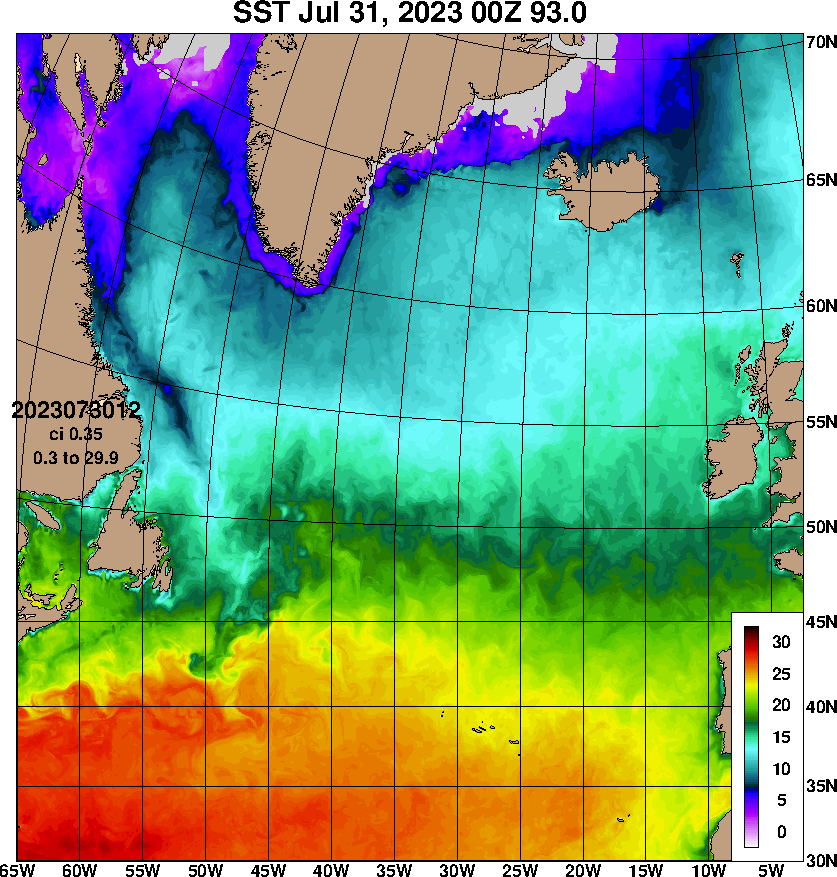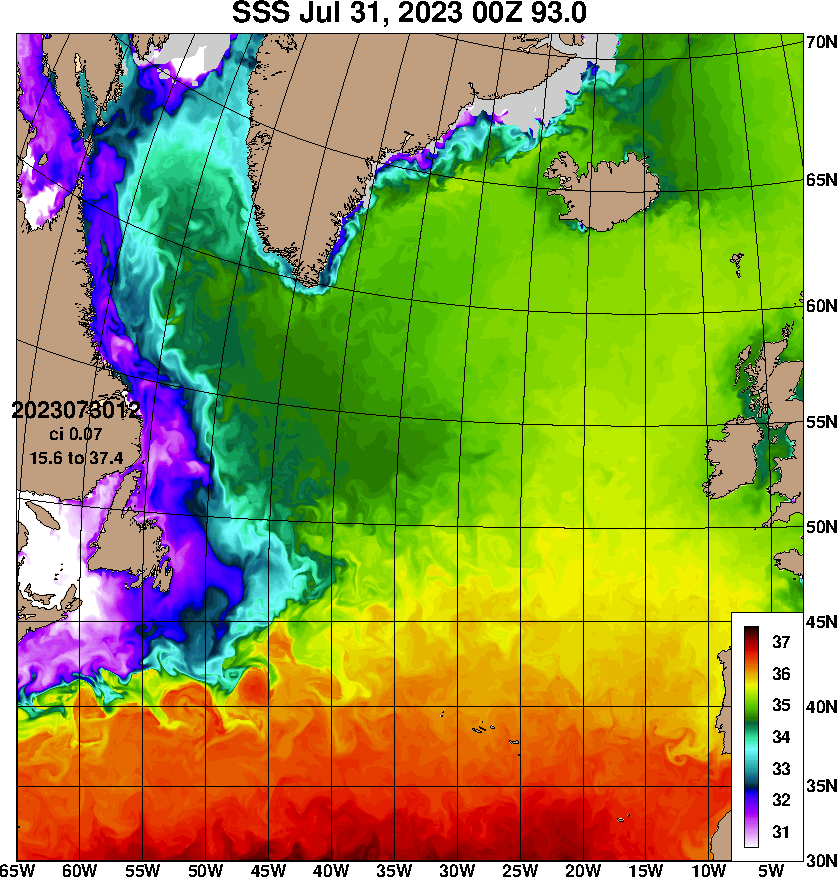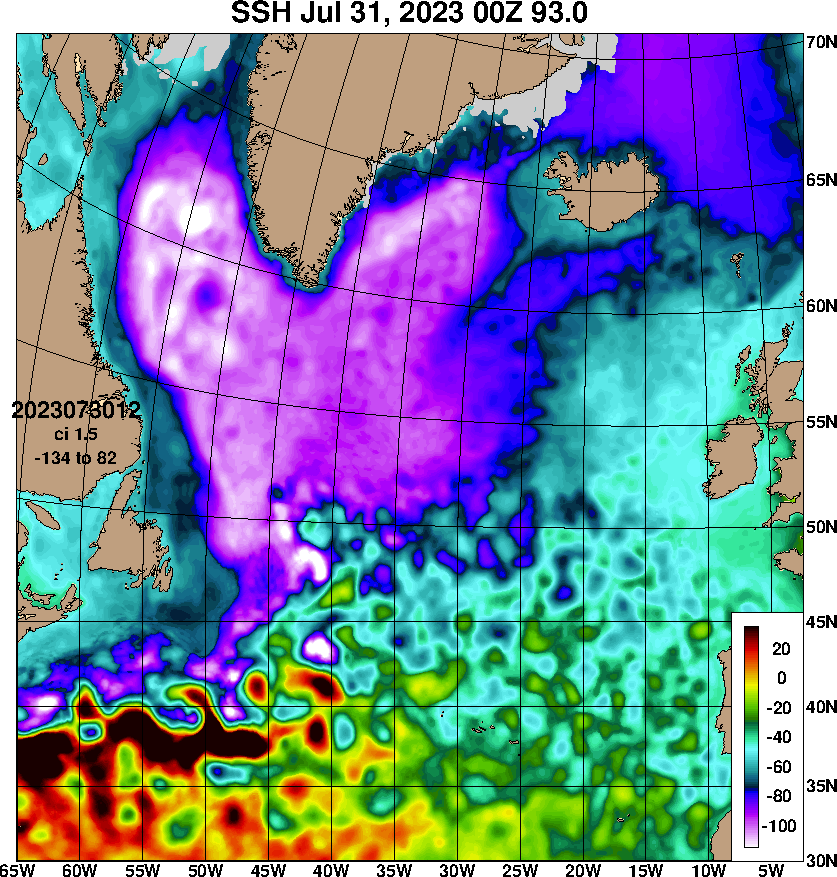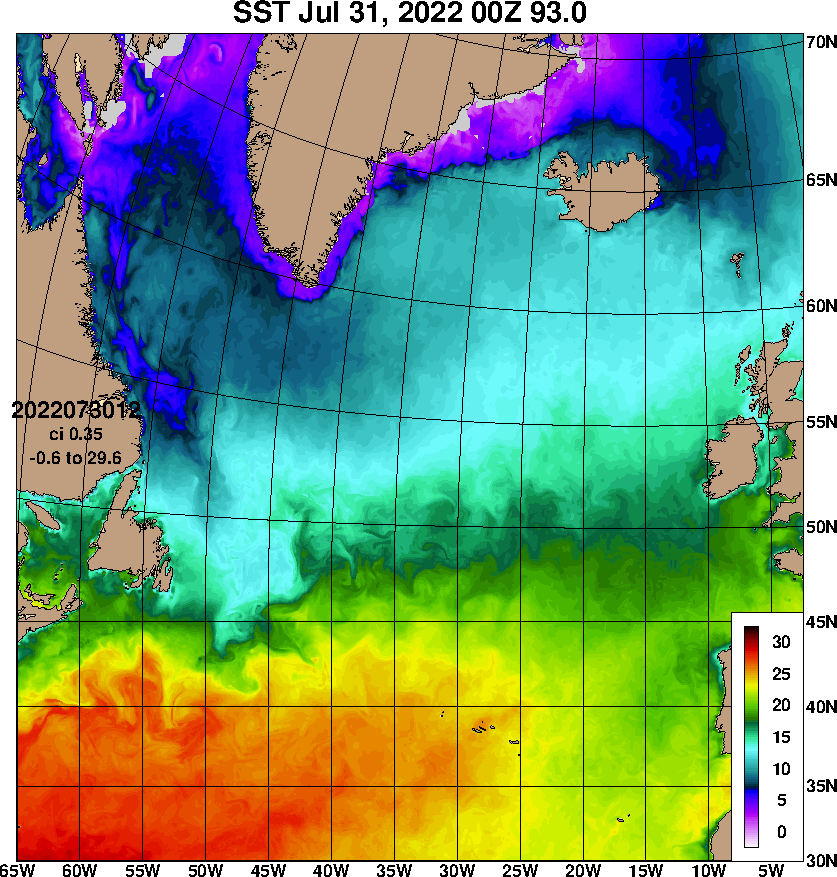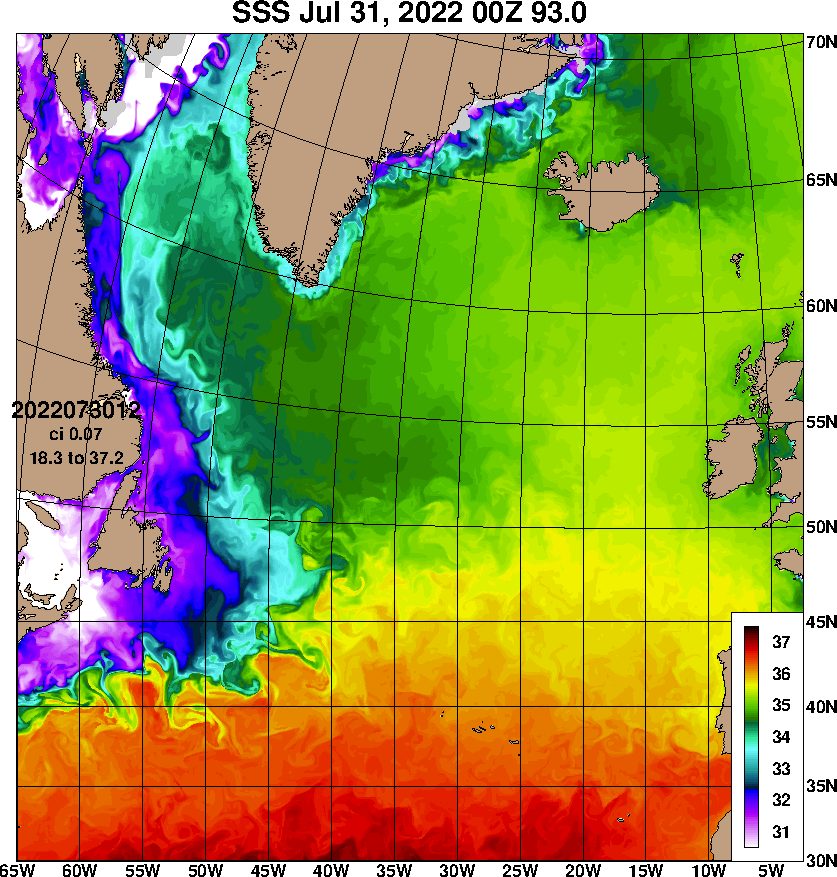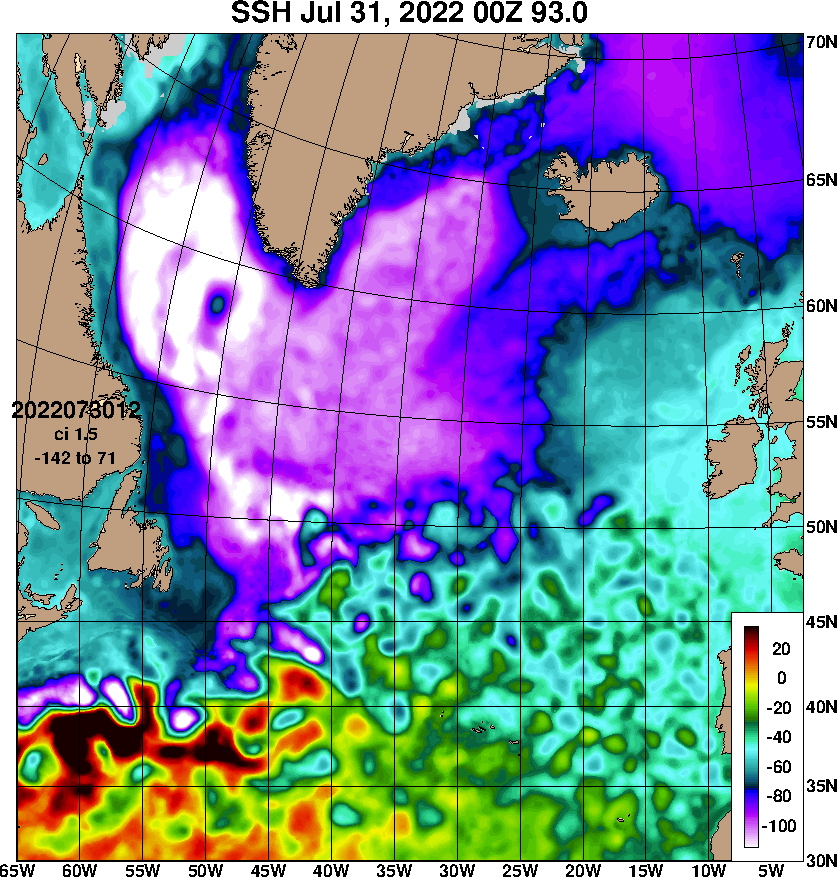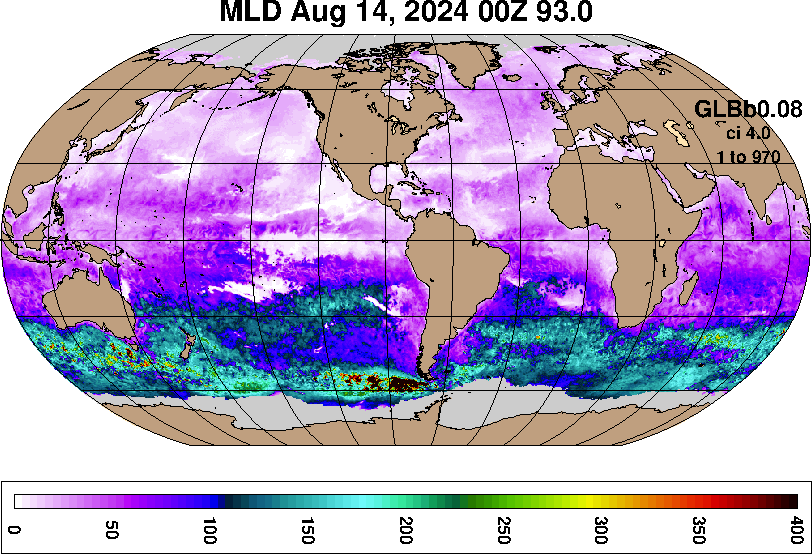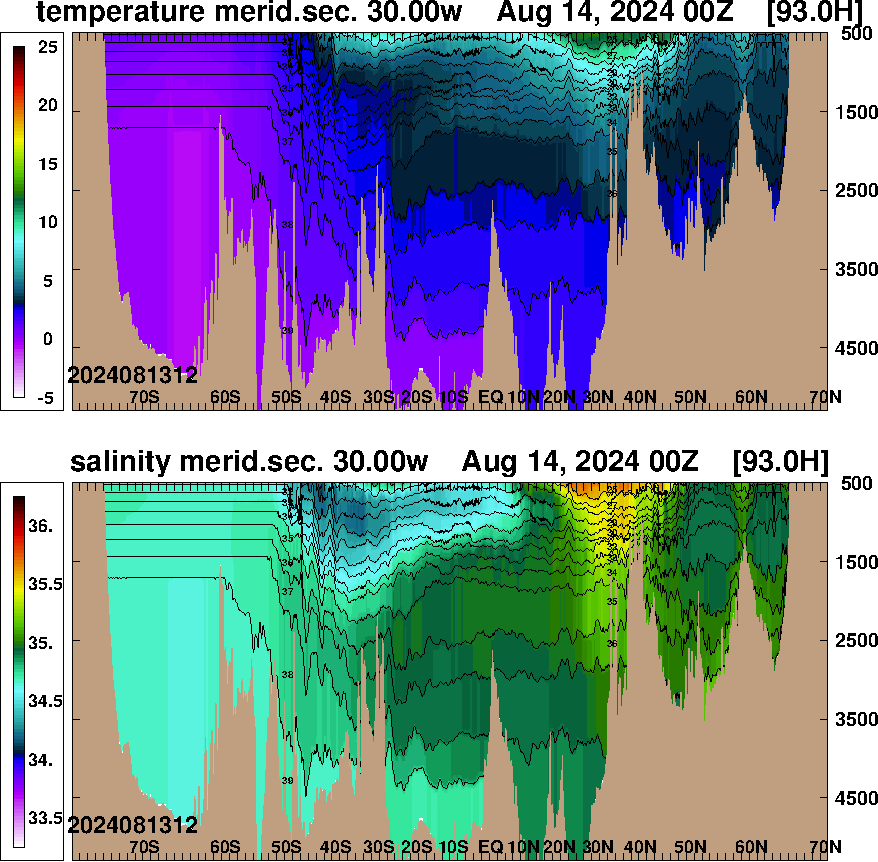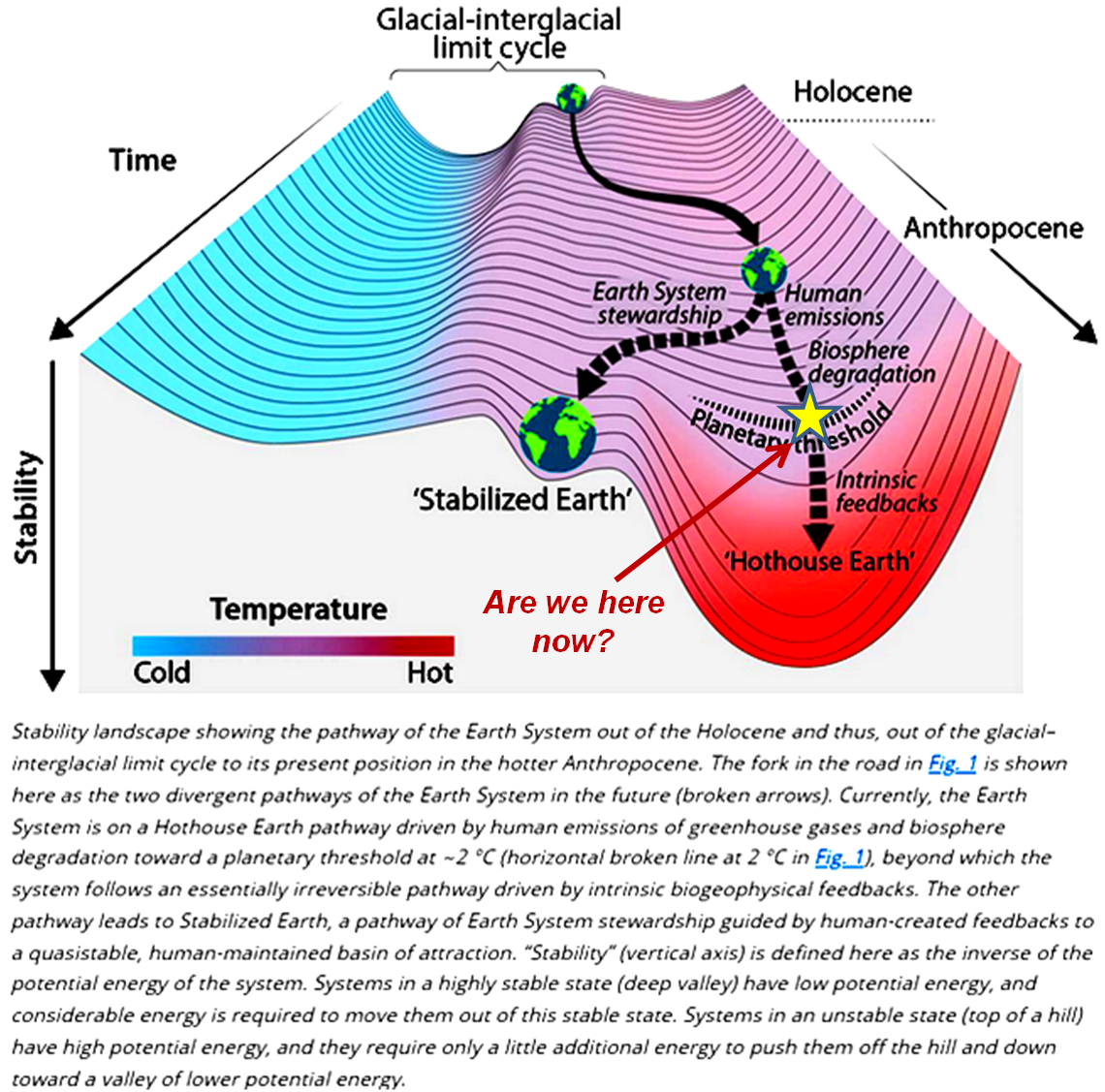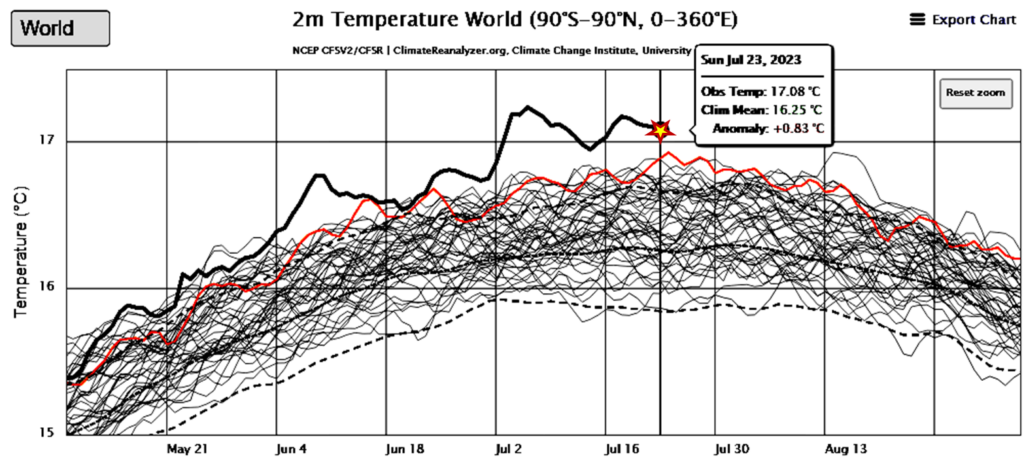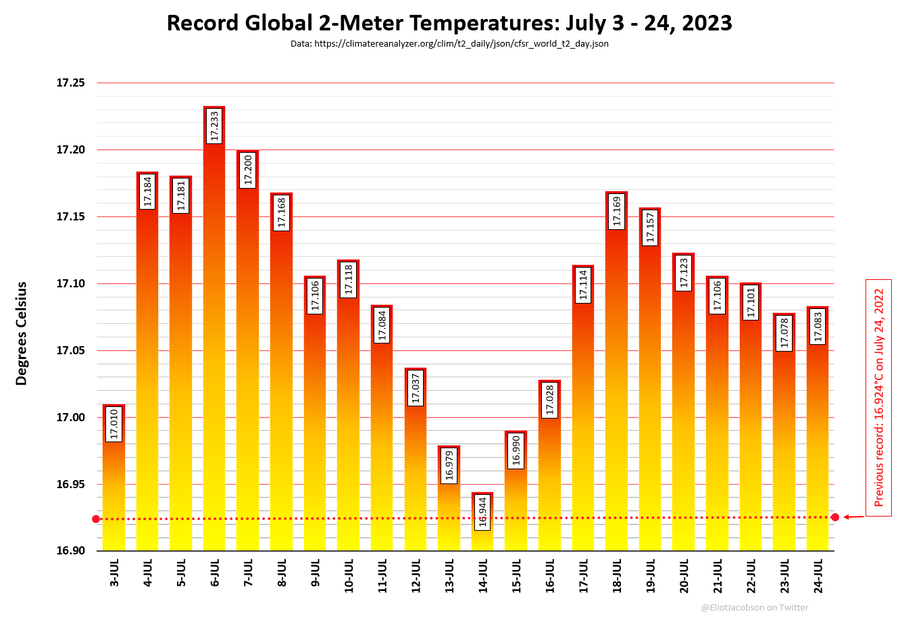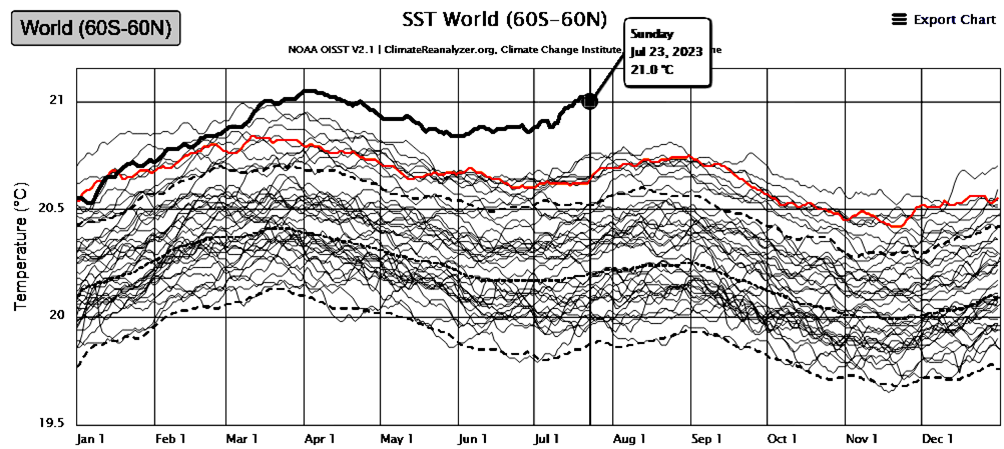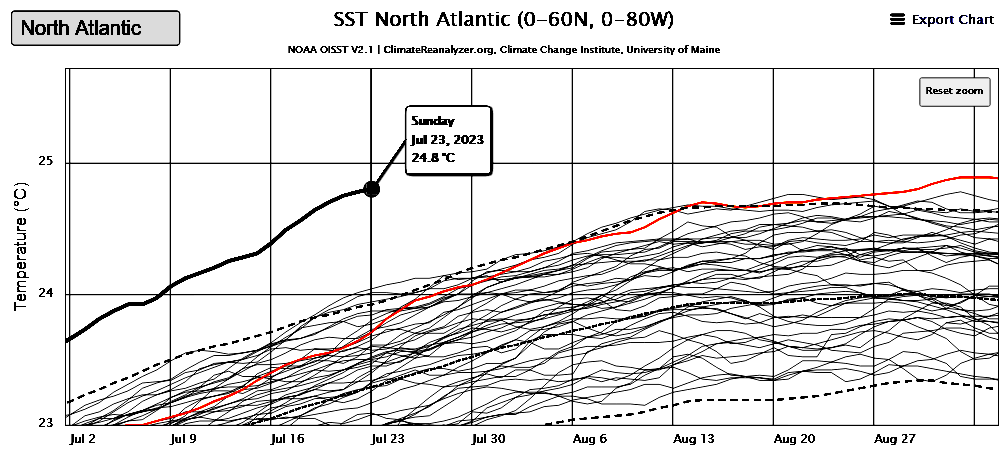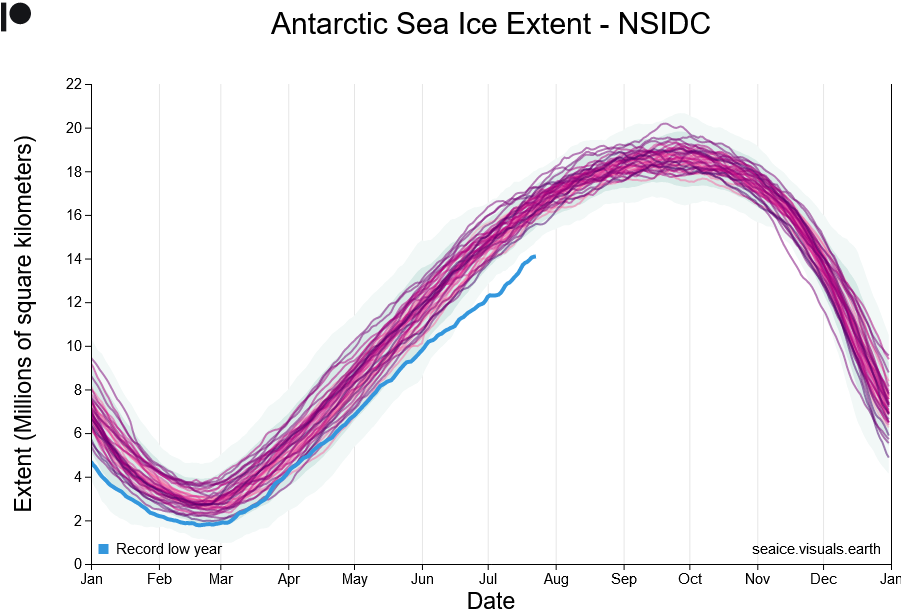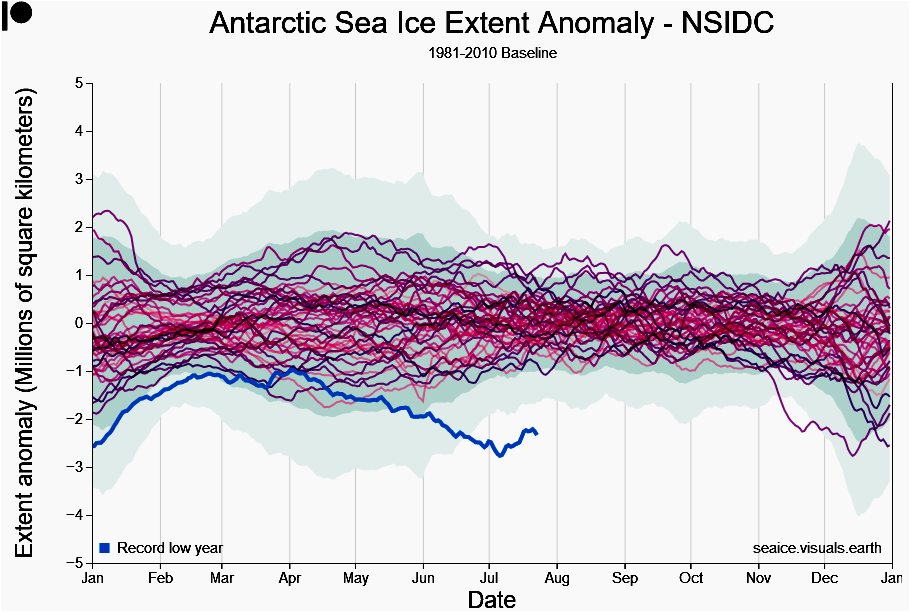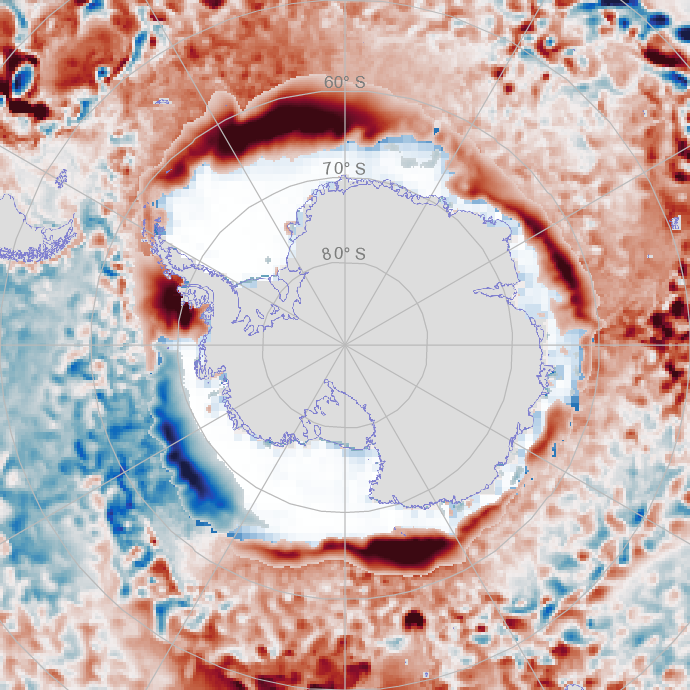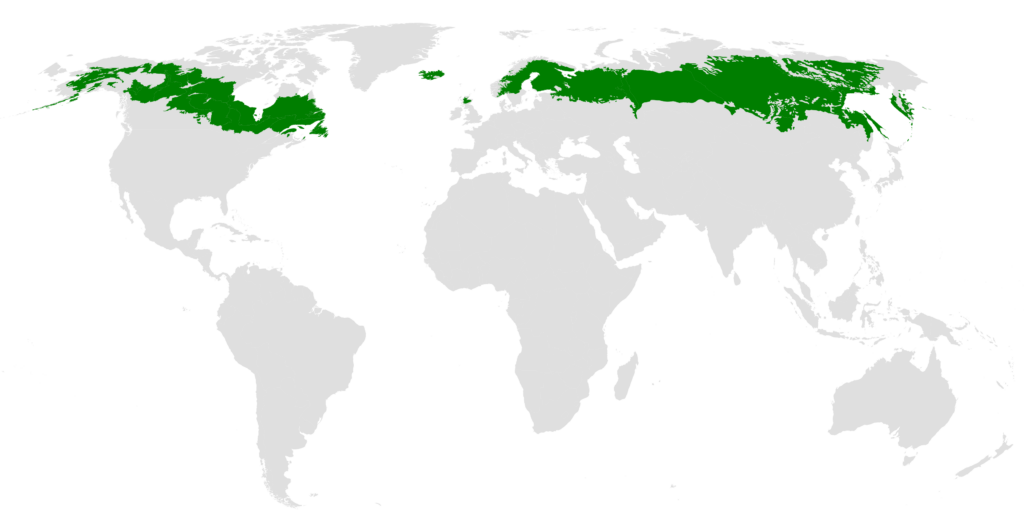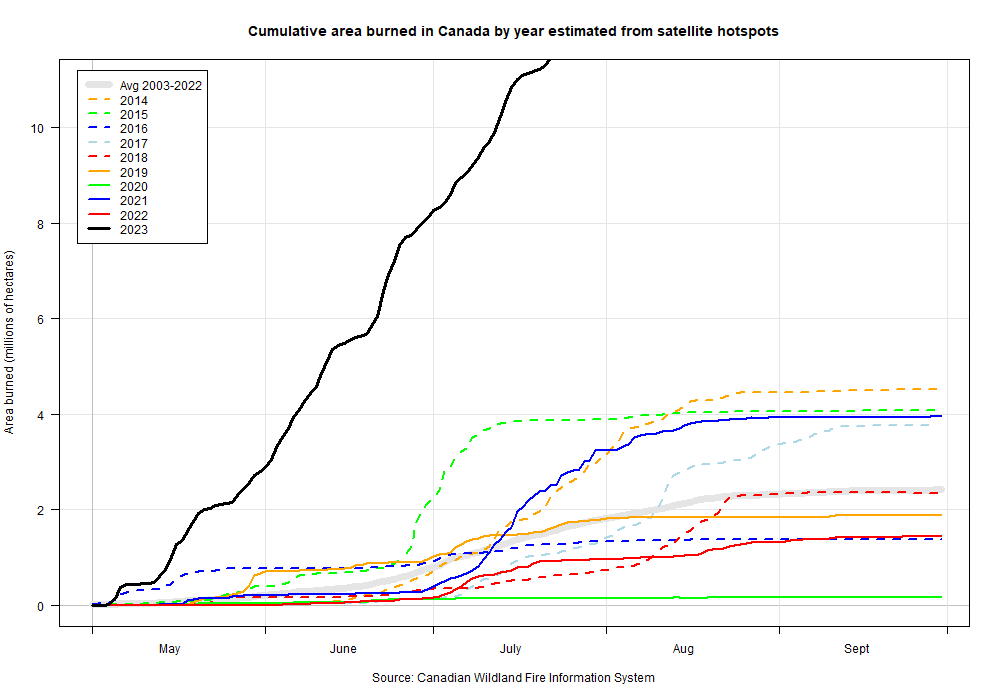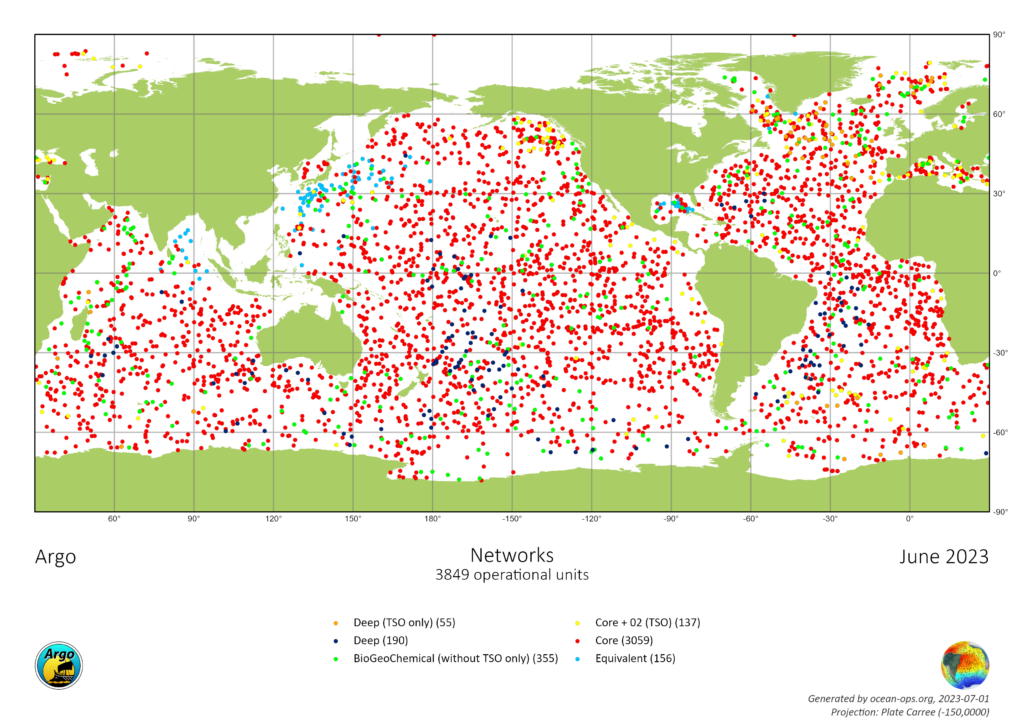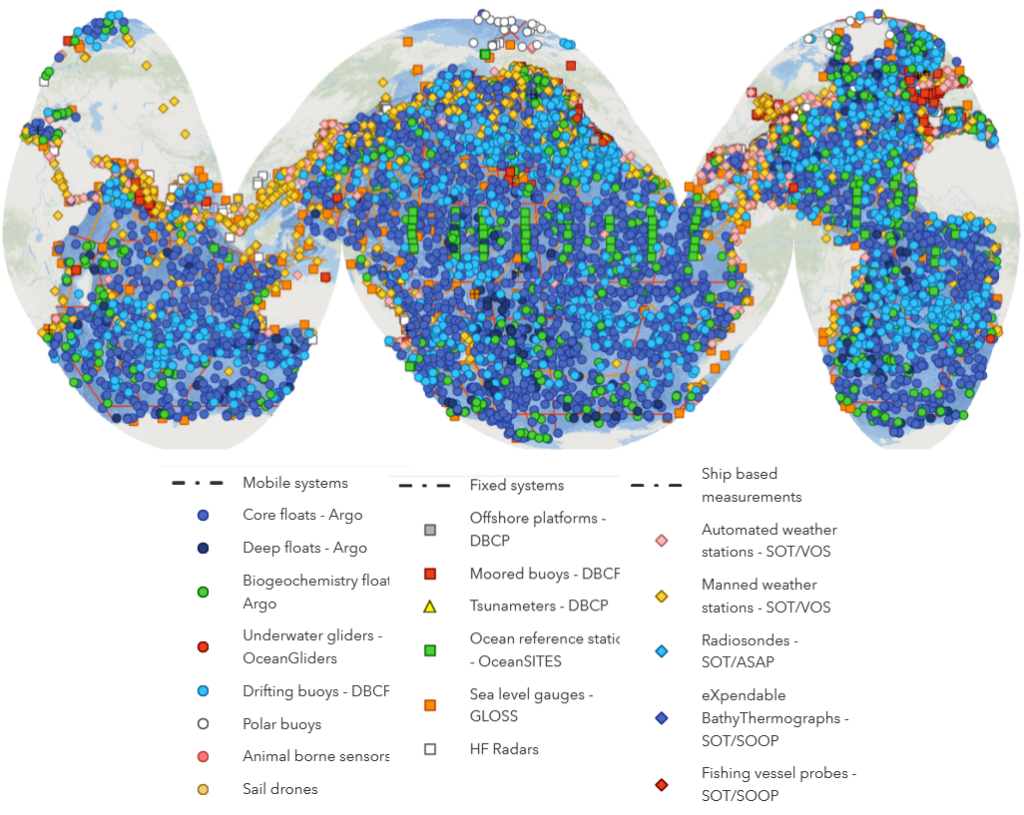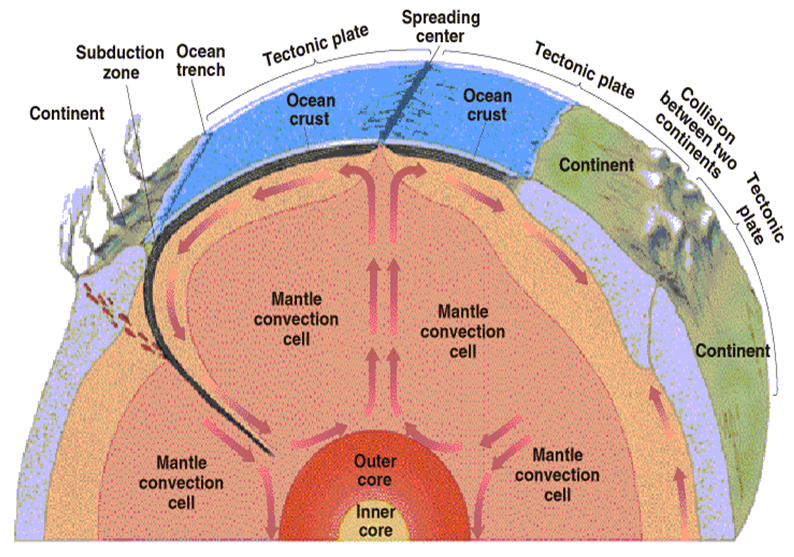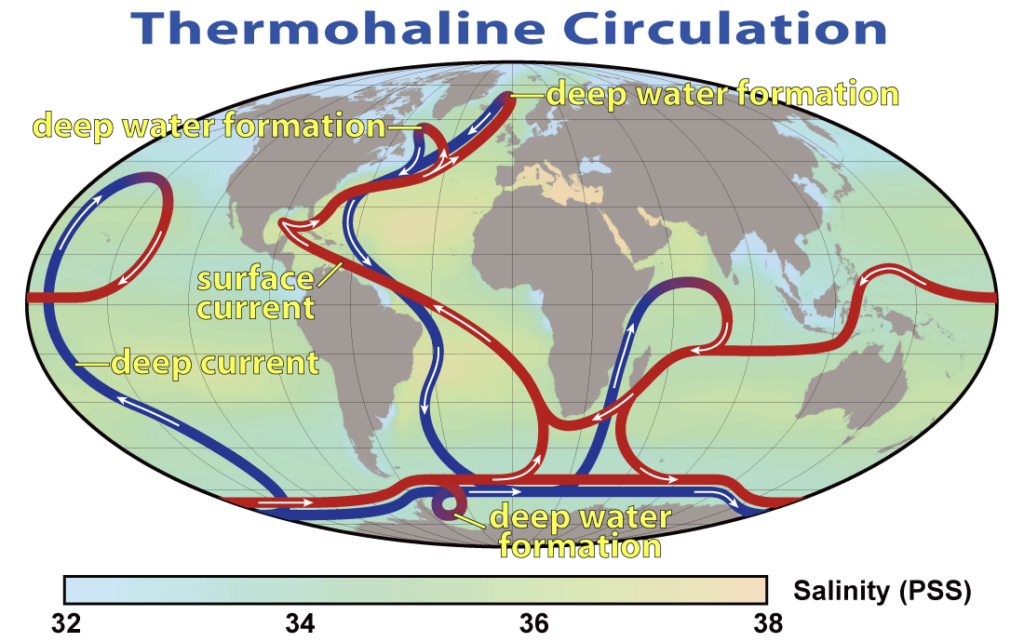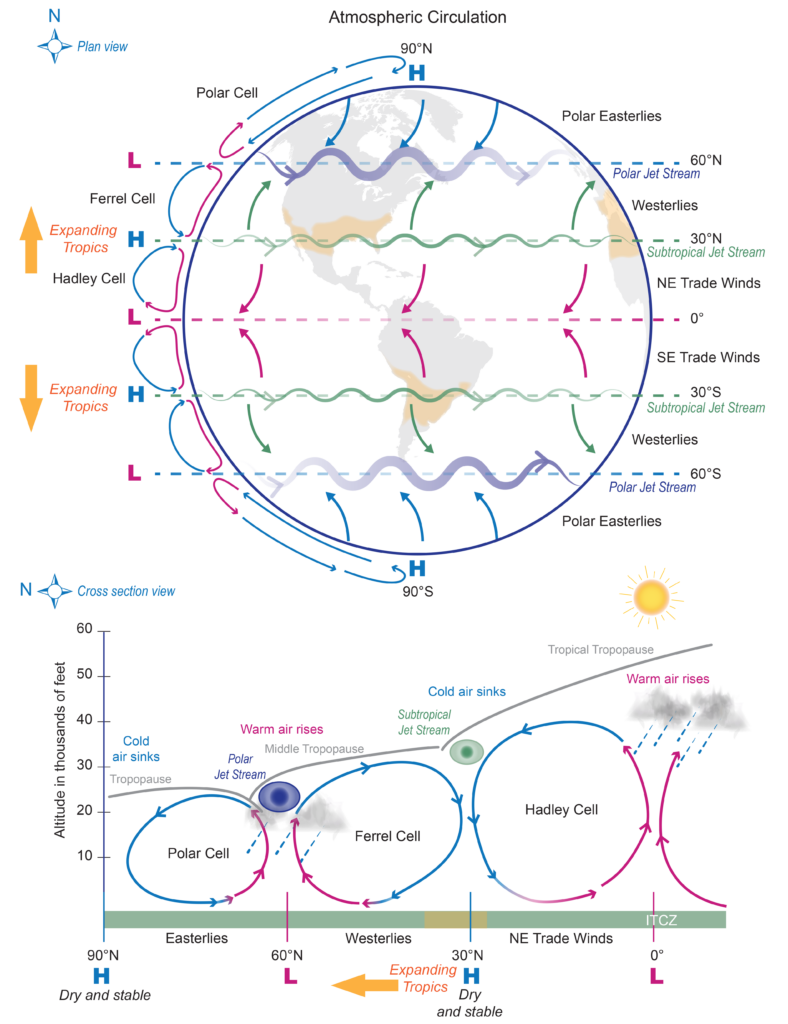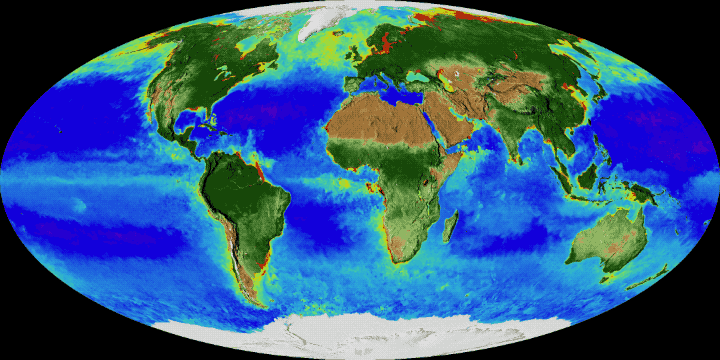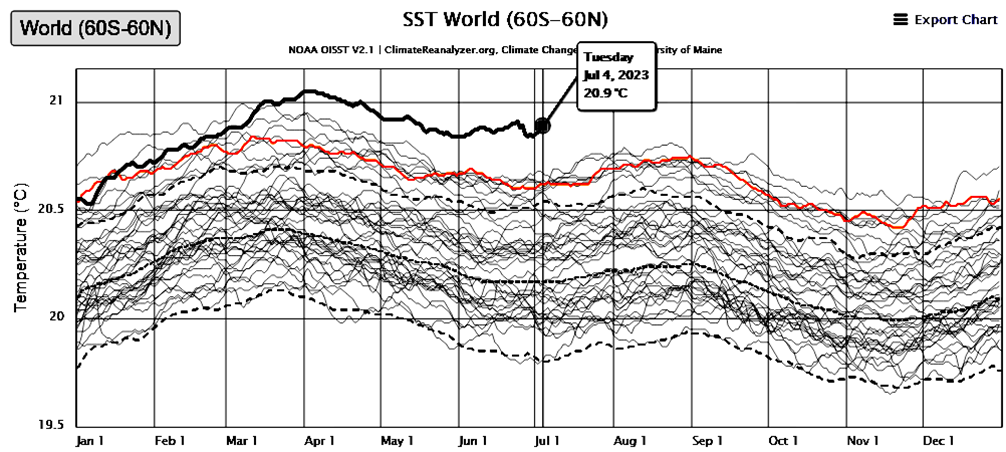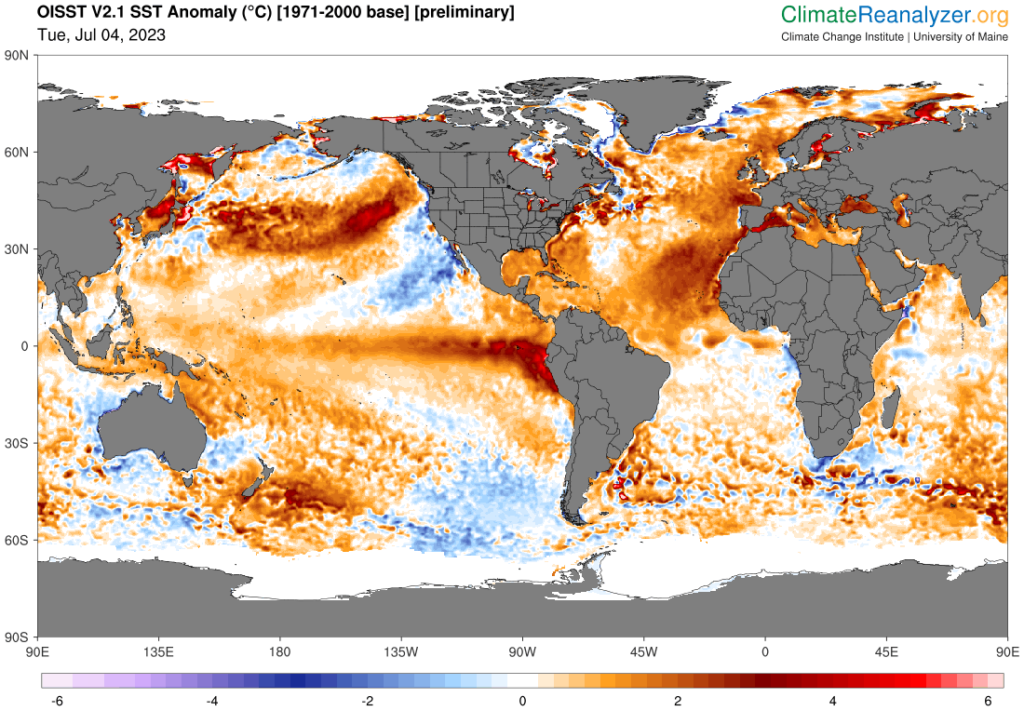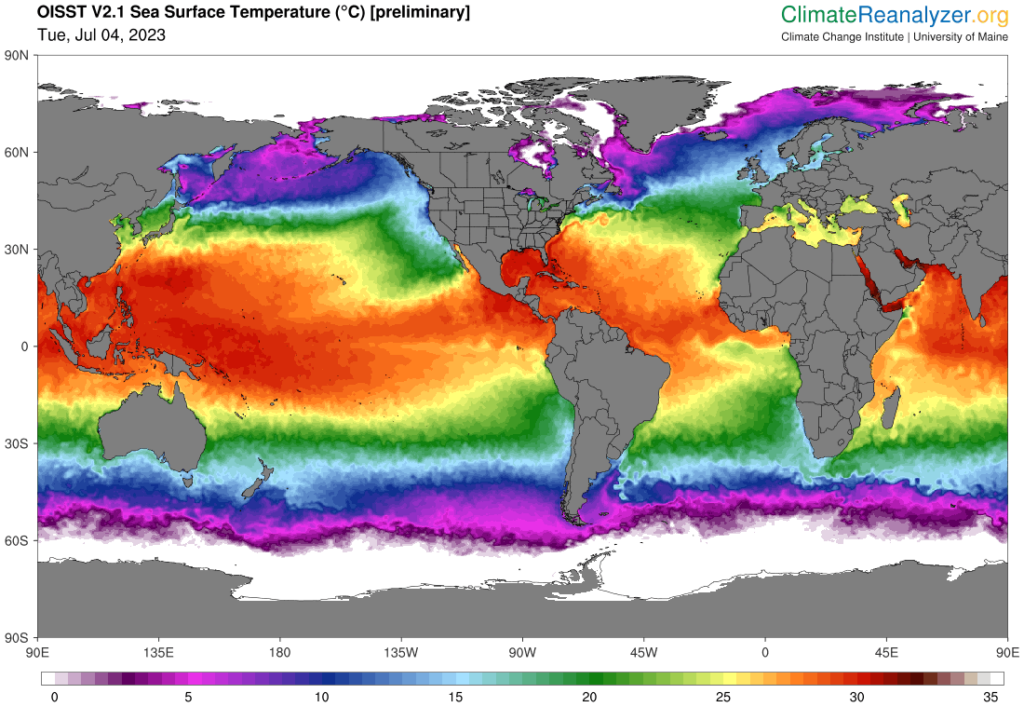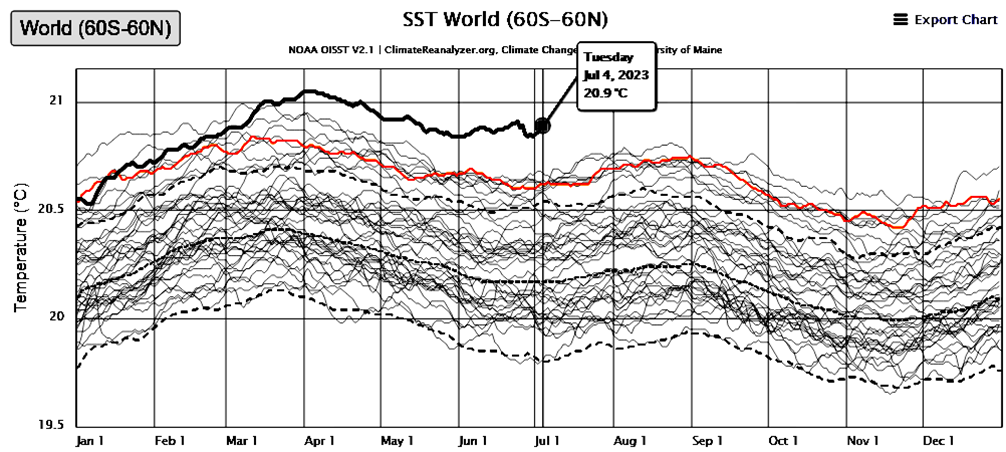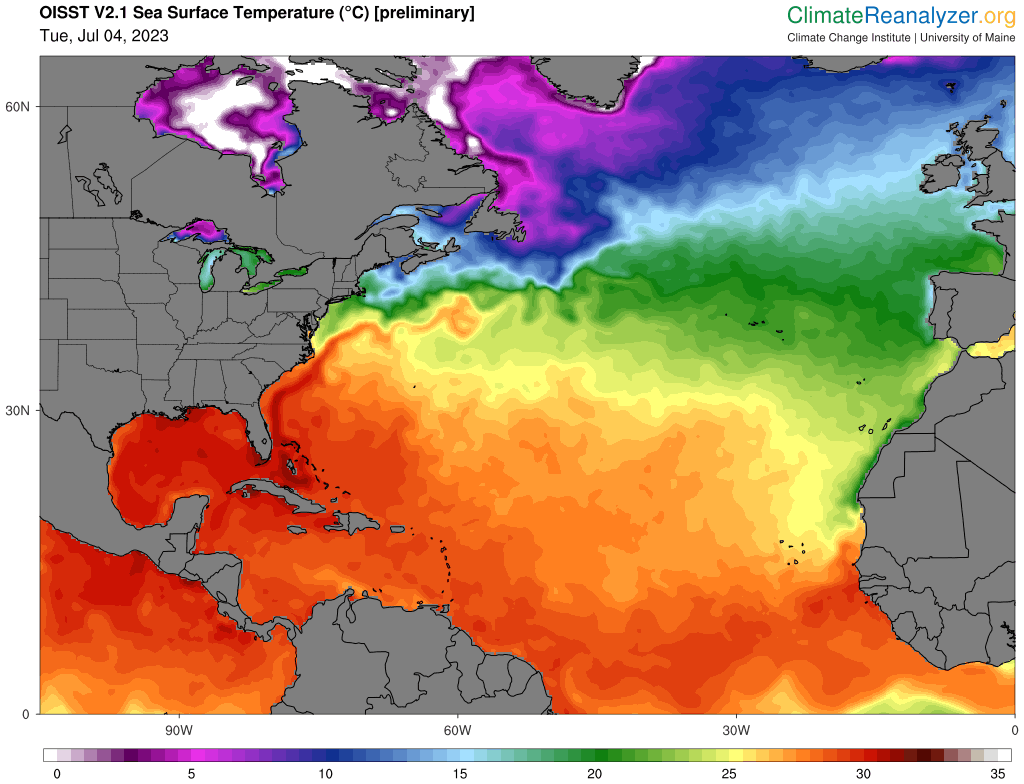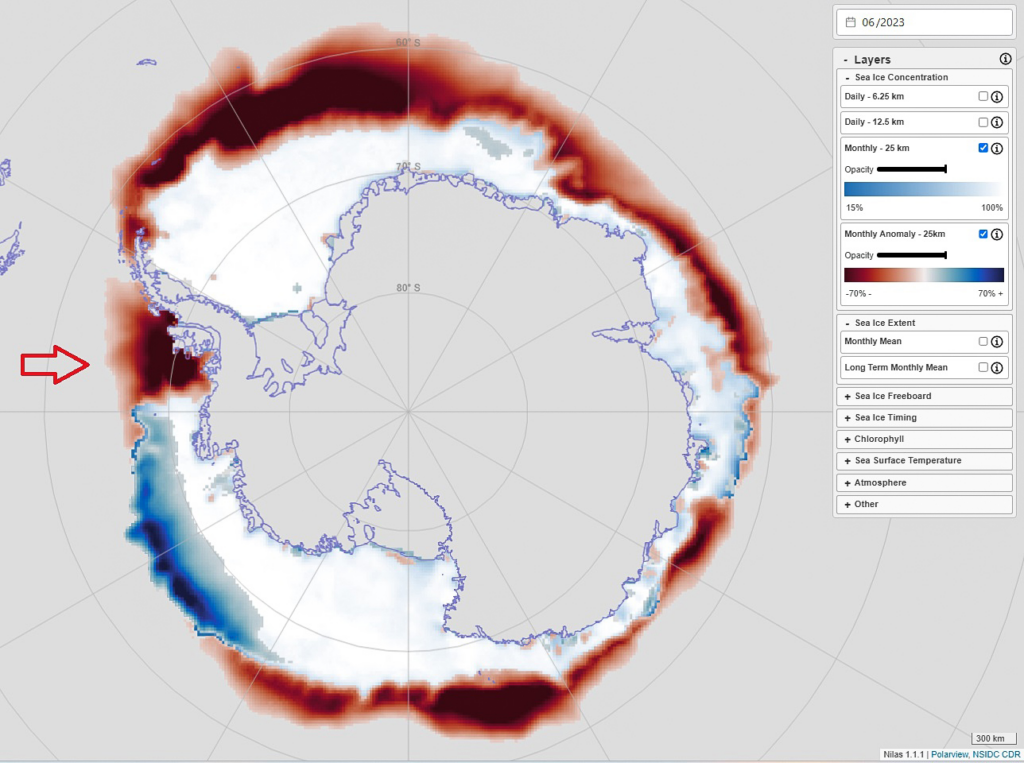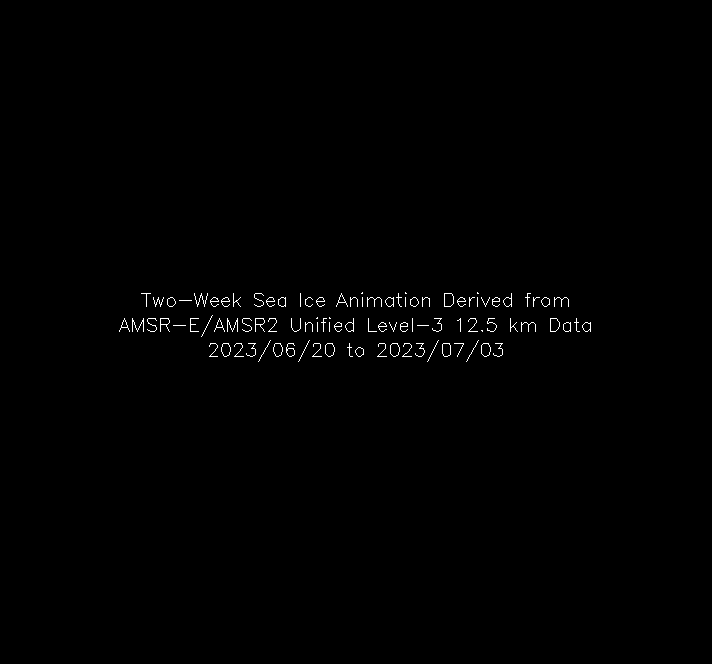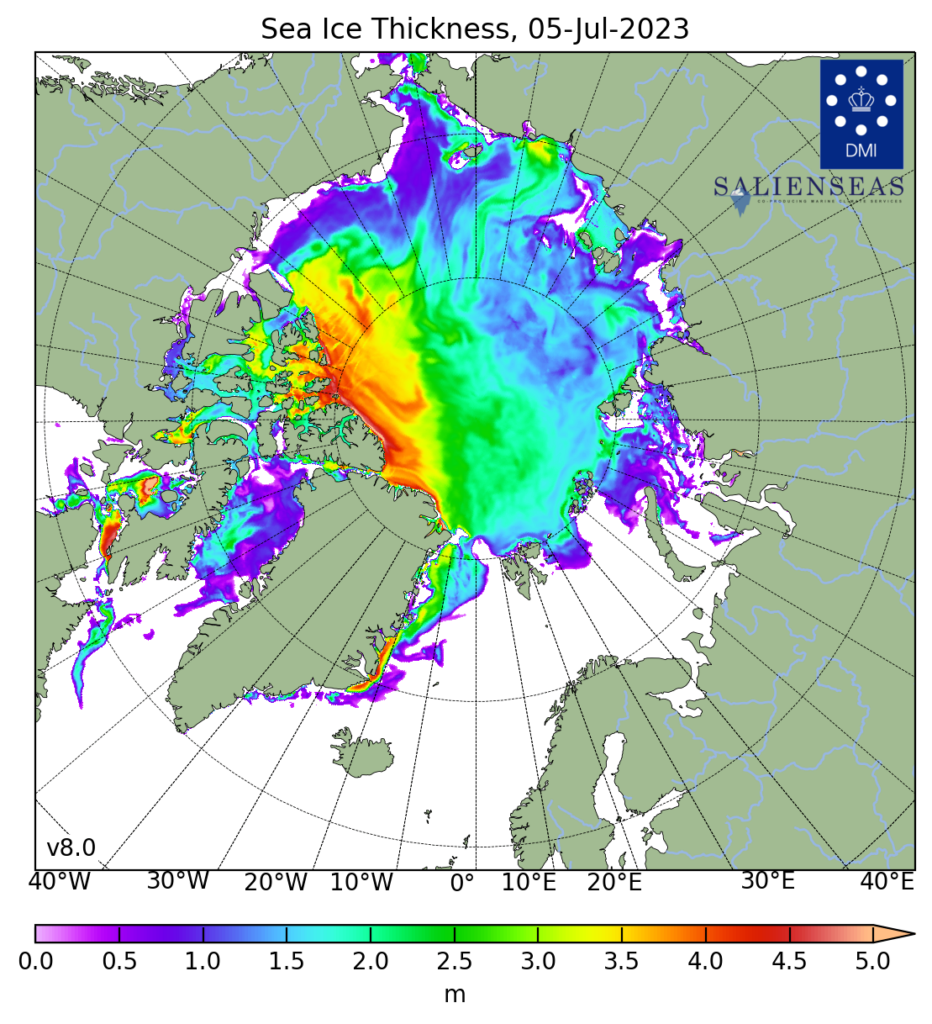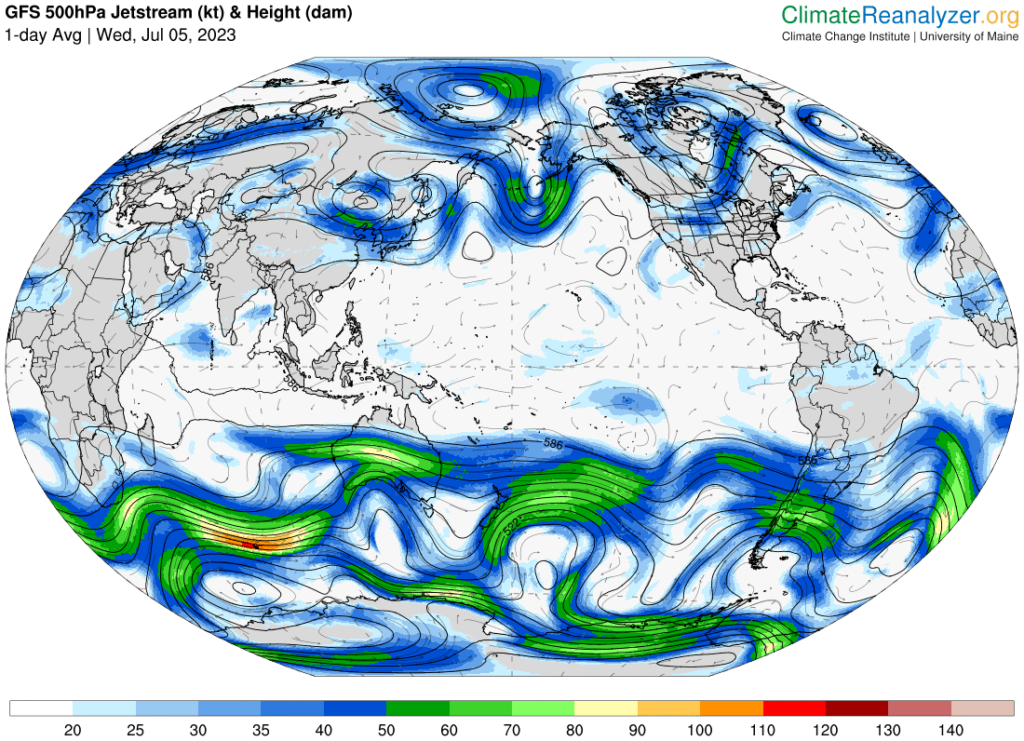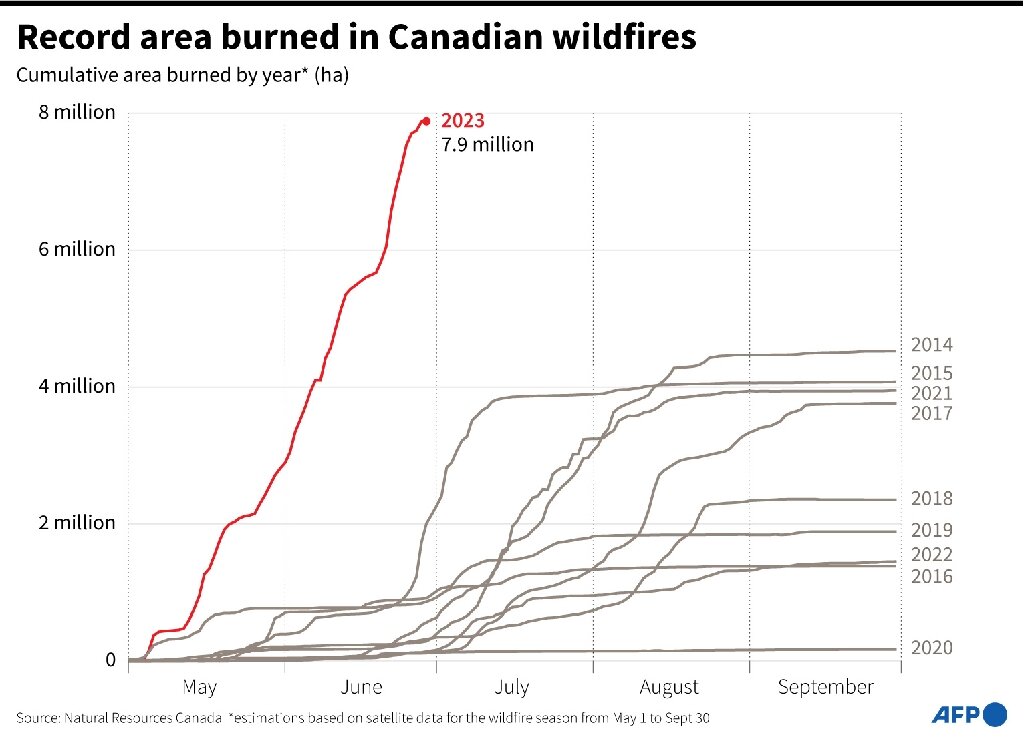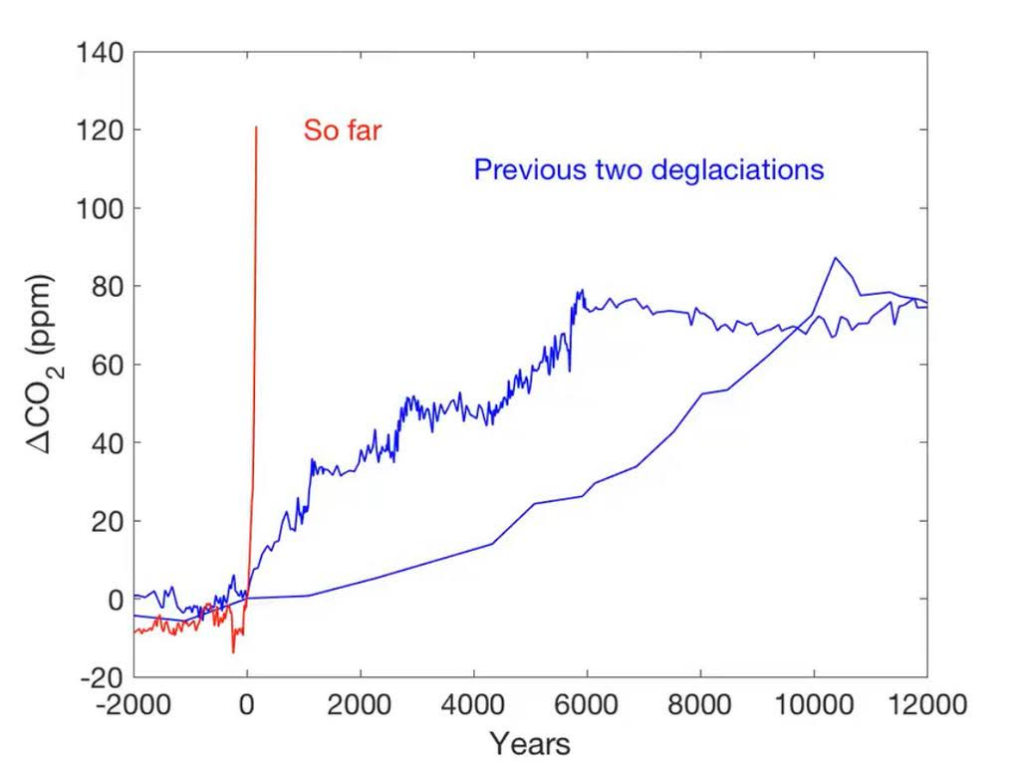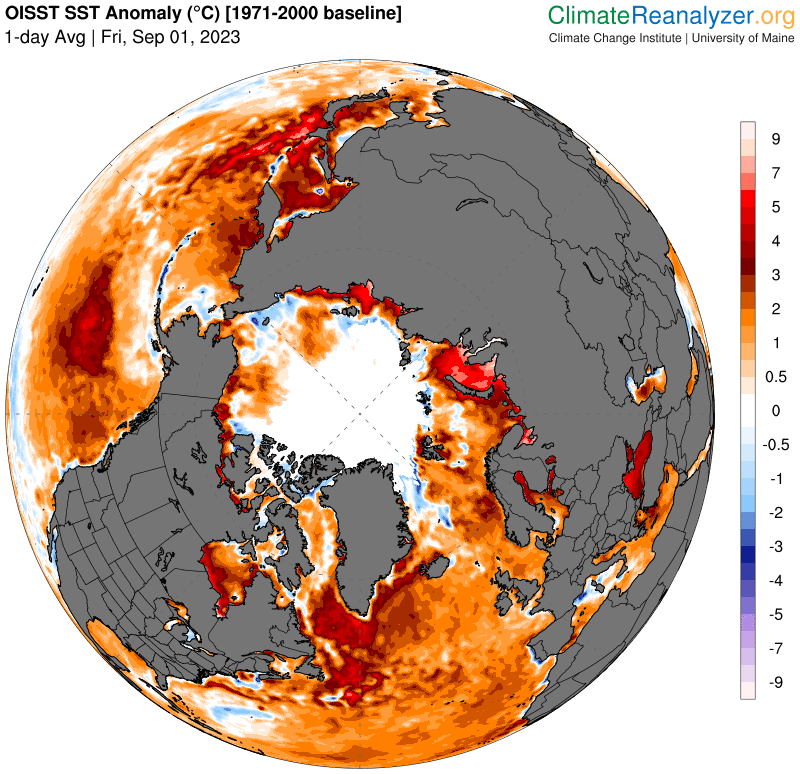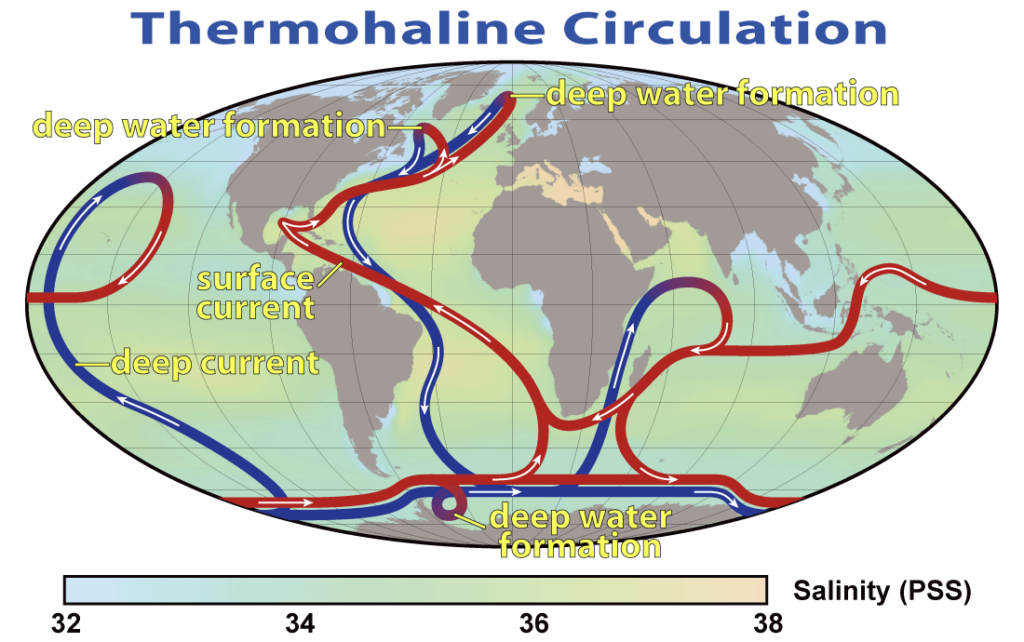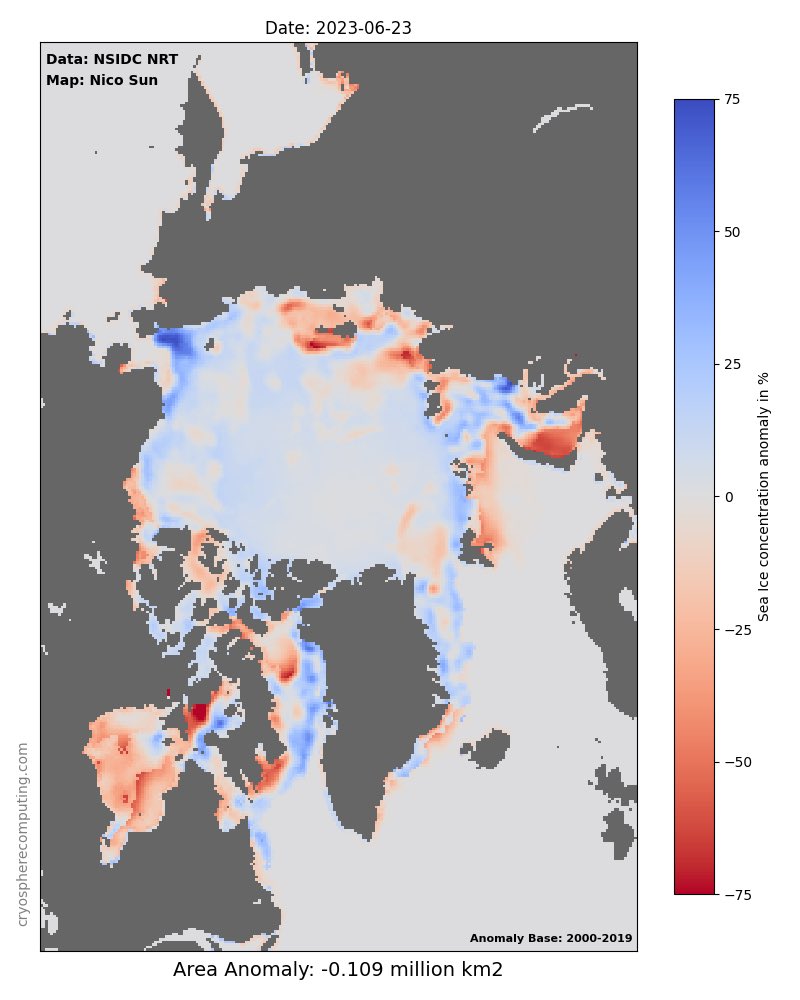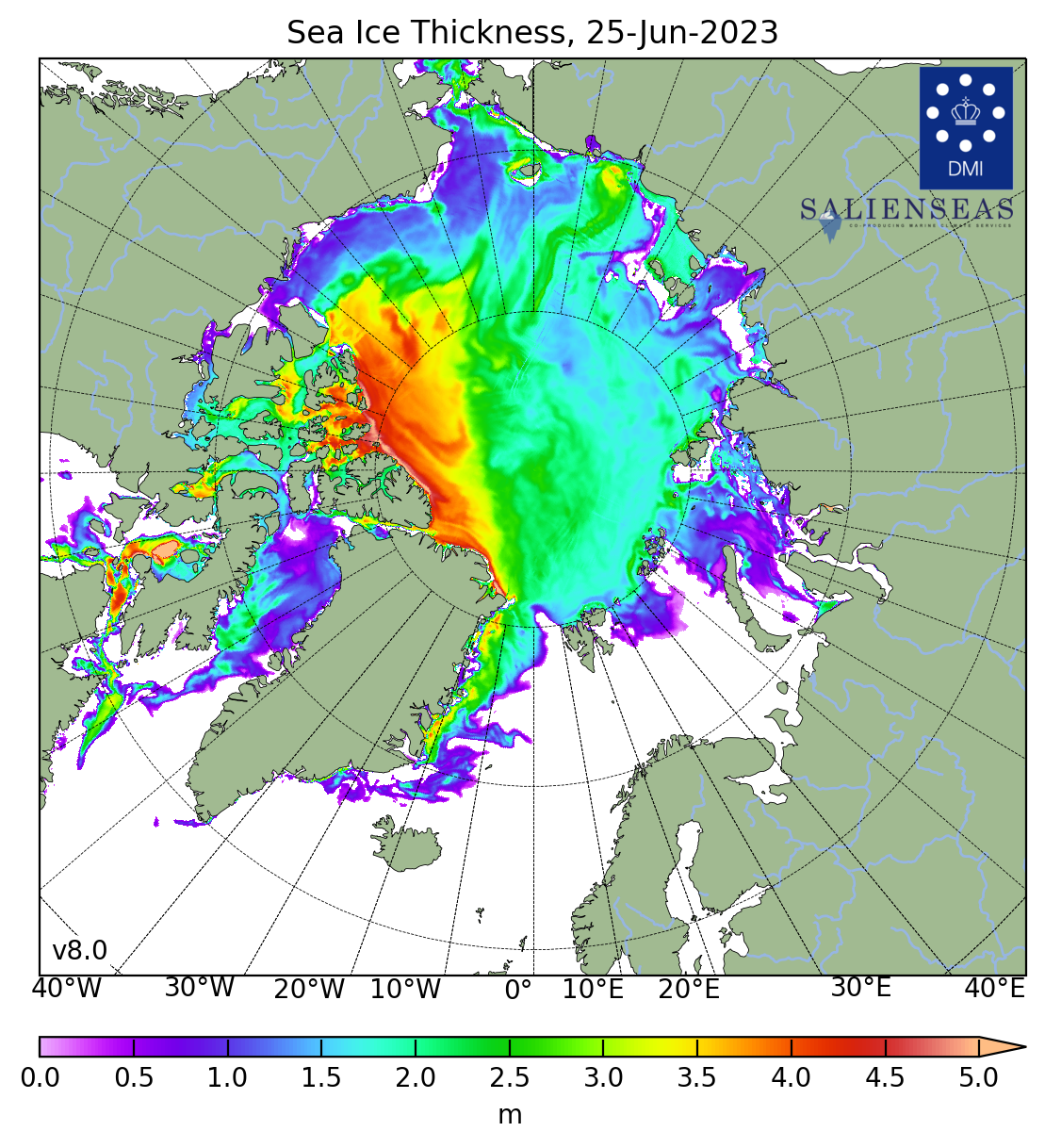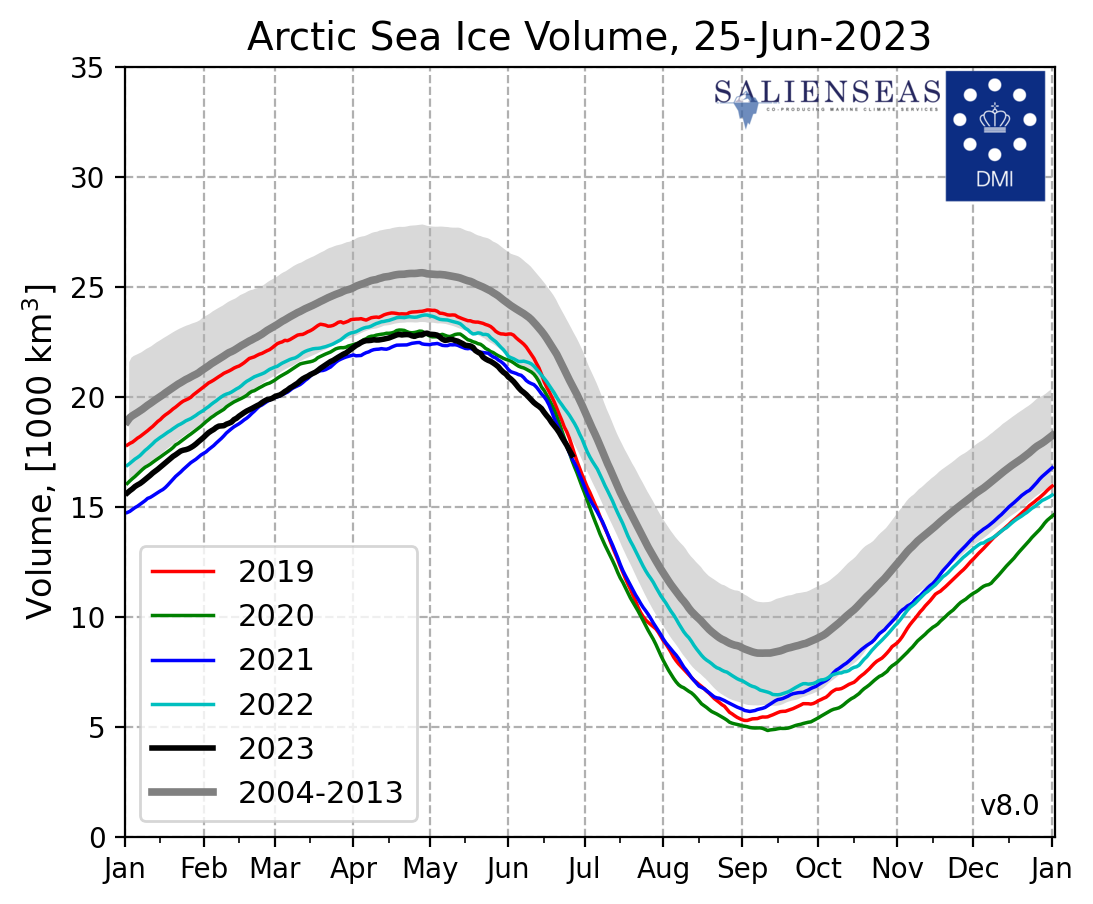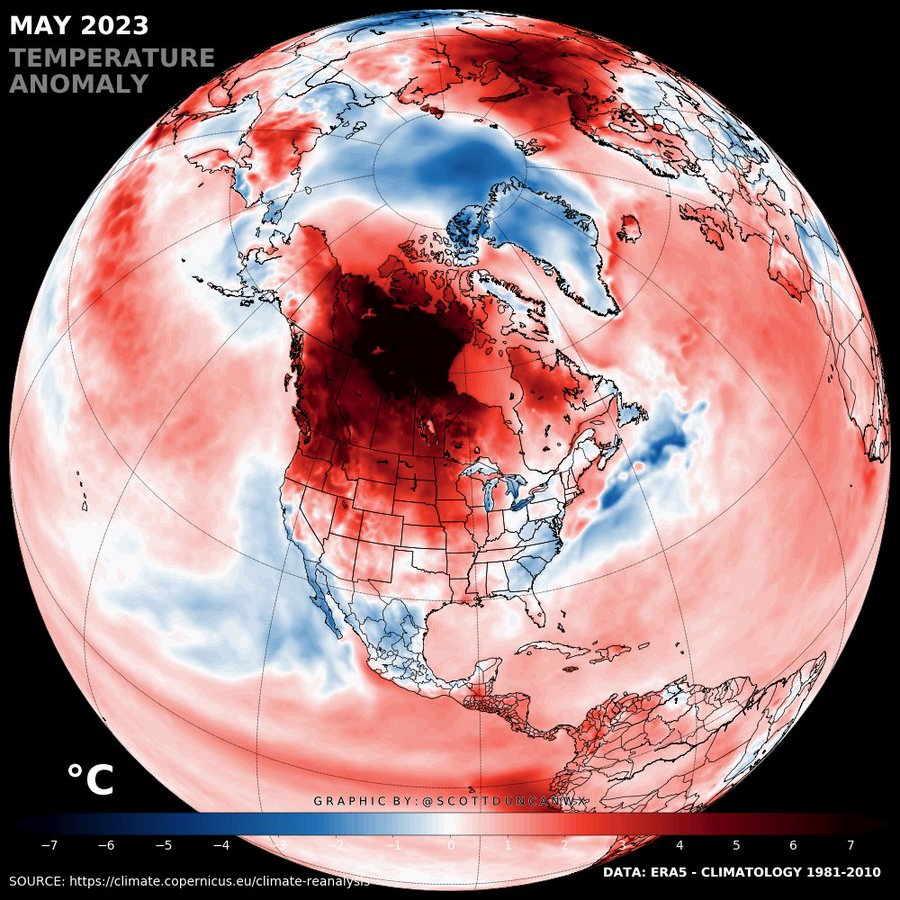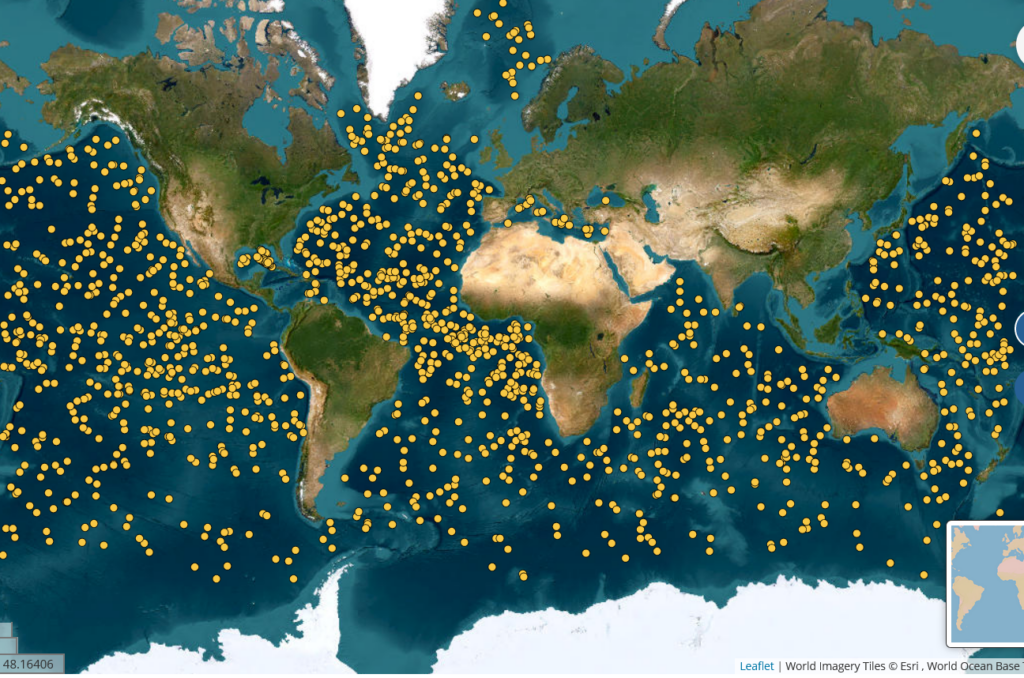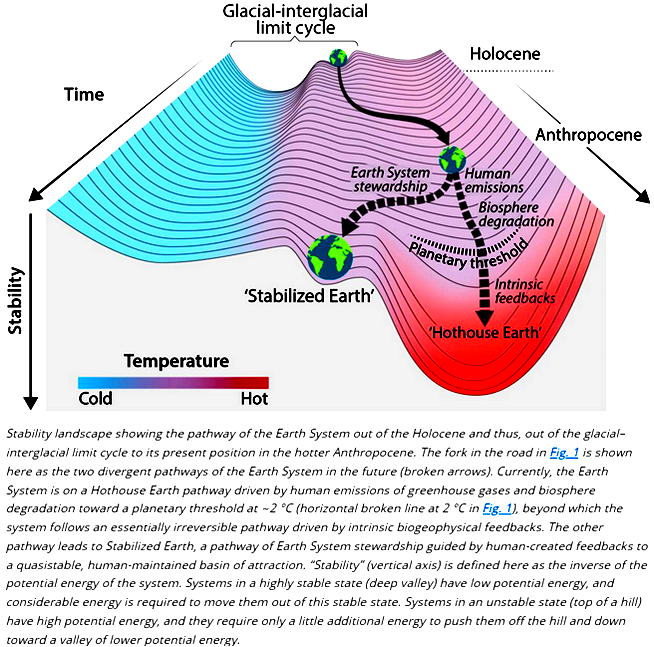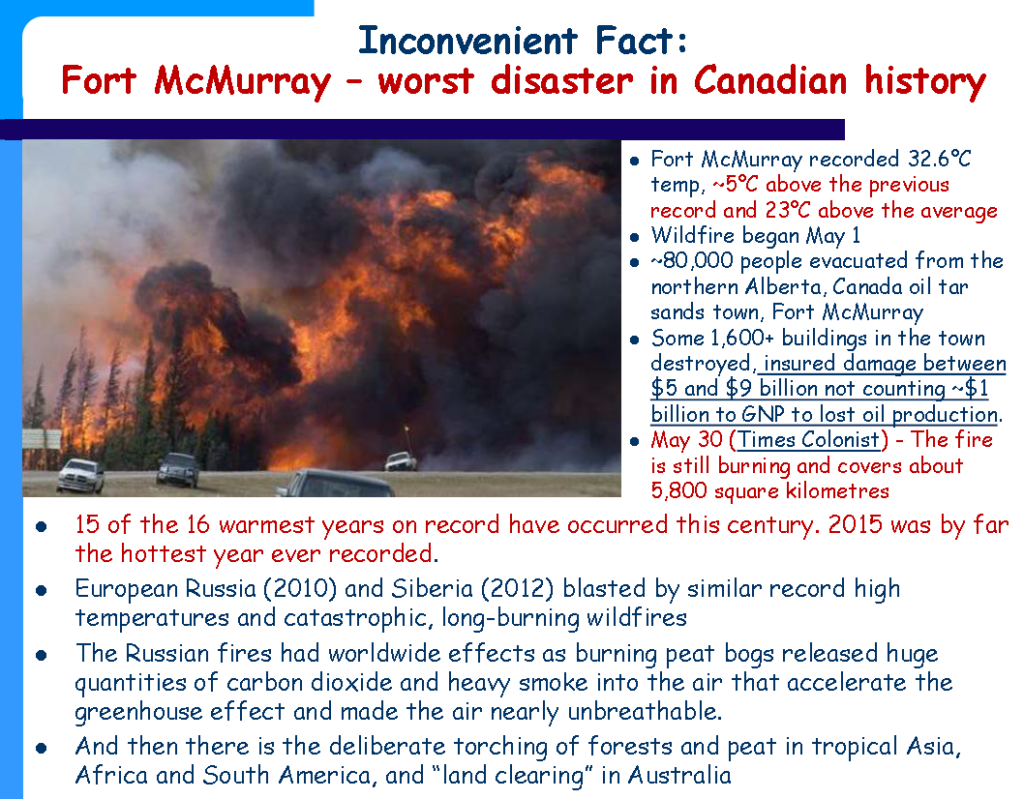Billionaires & action groups can save the world together!
Dr Andrew (“Twiggy”) Forrest tells international business and political forum the factual reality that “Business will kill your children!”
When I started this essay, Renew Economy, whose article is linked below, was one of the few mentions I found in the press or social media of the unique event where any self-made billionaire, let alone an Australian, stated simply and with honesty that his business kills our children and puts human survival at risk. He asks for help in making him, his industry, and business in general to stop carbon emissions. Simultaneously, and blissfully unaware of what Andrew Forrest was saying, a collaboration of climate and environmental action groups was organizing an emergency meeting, #SteppingUpTogether, for Melbourne Town Hall to crystallize a coalition of (hopefully ALL) such groups to provide precisely the kind of help Forrest was asking for.
Both Forrest and the people at Melbourne Town Hall accept that it may already be too late to avoid the existential climate catastrophe.
However, by working together, he and we may actually be able to defeat global warming, and work our way off the highway to Earth’s Hothouse Hell to find a probably rough and narrow road to stewardship of a habitable world with a sustainable future.
“Business will kill your children:” Was Andrew Forrest’s climate speech really that “loopy”?
Giles Parkinson — 4 September 2023 in Renew Economy
It was the sort of speech you [would be lucky to] hear from climate scientists and climate protesters; a presentation stunning in its simplicity and series of one liners.
“It is business that will kill your children,” Forrest declared. “It is the beginning of the end.
“Humanity it at risk. Now.”
Read the complete article… Listen to Forrest’s speech on YouTube… Read the parsed and formatted transcript…
At $US 21.7 Bn, Forbes Australia’s Richest in March placed Andrew Forrest second (after Gina Rinehart at $US 30.6 Bn) amongst the motley crew of billionaire miners, tech sector high flyers, and property developers, most of whom seem to be more concerned to build even more personal wealth than they already have. To many in the climate and environmental action movement, these billionaire business people are the class enemy. It is their industrial businesses that are largely responsible for driving Earth’s climate system into what now looks like runaway warming. Warming that will lead to climate catastrophe and probable extinction at the end of the downhill highway to Earth’s Hothouse Hell.
Yet, Forrest’s 24 minute speech, delivered Aug 30 in Perth at the Boao Forum Asia (29-31 Aug — sponsored by China) and linked above, is the complete antithesis of what you would expect to hear from one of the self-confessed perpetrators of the currently accelerating climate catastrophe threatening us.
Amongst other things, the speech: ● confesses and condemns what business has done to put human survival at real risk; ● gives a meticulously and gorily detailed description of one of many ways that the business triggered climate catastrophe will reap human lives along he road to extinction; ● expresses Forrest’s promise and “steely determination” that he and ALL of his industries are committed to reach absolute zero carbon emissions by 2030 [I’ll have more to say about this promise below] — both to stop emissions from his business, and to show the world that it can and must be done; ● asks that China, India, and the USA step up together to legislate and subsidize doing whatever it takes to achieve what he is showing can be done; and, finally, but by no means least, ● Forrest begs citizens and consumers around the world to make governments and businesses do these things:
This is what I’d like to put out to you as members of the Boao Forum.
This is not my idea, or any single person’s idea.
If this is our idea in the Boao Forum, this is what I ask you to consider during the course of
this day and decide:Do we want a member’s resolution of our forum to ask that discussions proceed at the G20?
That intention to proceed with law happens at APEC and that the business people of the
world gather BOAO Forum for Asia next year and work out how to do it.
Business people, if we are not fighting with our own governments, [we] can leave this [meeting] and make it happen….and that’s what I’m asking [for], a simple agreement led by business.
Fast! …..Because it’s business.
I need you tonight….
It’s business which is causing global warming….
It’s business which will kill your children.
It’s business which is responsible for lethal humidity.
But it’s policies which guide business!YOU MUST HOLD US TO ACCOUNT!
Don’t let us with our clever advertising blameYou — the consumer; or
You — the public or individual…..
That’s rubbish.
Business guided by government will either destroy or save this planet.
Hold us to account, the power of You!
Thank you…. Make us change….
That’s all I’m asking you to do.
MAKE US CHANGE….
Thank you very much.
YOU MUST HOLD US TO ACCOUNT!
Hear and watch Dr Forrest say this!
To understand greatness and gravitas of Forrest’s address and its implications for all humanity takes your patient and careful attention to his actual words and your awareness of several contexts surrounding the lead up to the conference. Of course, in the case of Australian media, his content and intent were so incongruous that it took two or three days into September before there were many reports at all.
Murdoch and the financial press (often the same) responded to Forrest’s attack on fossil fuel and gory details about how heat kills people by claiming that he must have lost the plot to ever increase his personal wealth due to a brain seizure or having gone troppo — bad news for his shareholders. Even usually progressive and climate action friendly press such as the Saturday Paper, Crikey, and the Guardian seem to have missed the point. However, in the last few days more articles, accepting that the speech was actually important, have given more thoughtful attention to its actual content (e.g., see ‘Twiggy’ Forrest: Climate messiah or billionaire opportunist?, from Sept. 13). But, even here, commentators seem to have real difficulties seeing past what they assume must be Forrest’s overwhelming drive to become even richer.
Personally, I think these commentaries trivialize and miss the major thrust. This man from the bush is staking his fortune, career, family — and everything else…. To crystallize a critical transition:
From: corporate business as usual — working for immediate profits that are far more important than even human survival in the face of the growing climate catastrophe.
To: business working to build a healthy society that can sustain itself into the foreseeable future.
What has Andrew Forest actually said?
In my diverse careers in science, teaching and corporate knowledge management, I learned that speech has a low bandwidth for communicating detailed facts and knowledge. You have to listen to strings of words before their meaning and import are clear. As Walter J Ong observed in his classic work, Orality and Literacy: The technologizing of the word, speech disappears in the instant of its impact on the ear-drum of the listeners. All that is left are fading impressions in the hearers’ brains that were influenced by all kinds of extraneous perceptual and cognitive issues, to say nothing of preexisting memories and biases. In other words, we often only hear what we expected to hear, not what was actually said, and certainly not everything that was said.
Because, on first listening to the speech, I thought that Forrest had said some very important things. His speech was important enough that I needed to read, and re-read it in a printed transcript. Not only is reading far faster than comprehending the spoken word, but it is much harder to misread than to mishear. And, if you missed something or are unsure what was said, you can re-read the work as many times as it takes. And if there is a video of the speech, you can go back as often as you want hear and see HOW it was said.
The only transcript I could find was YouTube’s totally unparsed and unpunctuated speech-to-text (click the three dots at the end of YouTube’s video menu bar, and select “Show transcript”). In any case, I had to do the parsing, punctuating and formatting of the text myself to be sure I understood it. I had to look at each word, and pick out each thought and sentence in the sequence and then parse out the thoughts on the screen/paper. Where there was any chance of misunderstanding (YouTube’s transcript has some fascinating garbles, e.g., 23 secs, in “Minderoo Tatterang” becomes “military”), I had to go back to the original speech and its various contexts to be sure that the transcript actually recorded the spoken word(s).
The deeper I got, the more impressed I was with the total precision and clarity of Forrest’s expression. Almost without exception, every single word was precisely chosen and placed to unambiguously convey a particular thought. He said exactly what he meant, and totally meant what he spoke.
Forrest must have put a great deal of thought and rehearsal into crafting the talk; and based on the hoarseness of his speaking, he had also been doing a lot of talking (arguing?) in the lead up. By no means was there anything sham or trivial about the talk.
As many of those commenting on the address dimly recognized, this is a pivotal turning point in Forrest’s personal and professional career. This giant of a man who arrived at the 20th Anniversary celebration of his mining company on one of his many 3 story tall dump trucks was once a jackaroo from the WA bush.

Forrest is betting his entire fortune, body, soul, and family on his understanding of Earth’s climate crisis and what he thinks he can do personally and via his business empire to help humanity find a sustainable pathway to an extended future.
I don’t think there is anything particularly messianic about this. Forrest is self-made, he knows his limitations and his very real capabilities. He has assessed that he has the capabilities to be an agent of changes that must happen if humanity is to survive the present climate crisis. “Again, someone has to do it. “And I just think, ‘If not me, then who?’ ” [quote from SMH 2/072022]. And if he hasn’t at least tried…. then emissions from his mining activities have been at least partly responsible for the end of humanity.
Definitely not a messiah, but perhaps a redeemer?….

Forest has placed his bet, turned the roulette wheel, and rolled the ball (the image is from his presentation).
He is helping us, …..so all those of us in the climate and environment action community need to hold him, business and government to account, so the ball falls in the correct slot for all of us to win the “one in fifty chance of 1.5 °C holding”.
Critical Contexts
Andrew Forrest more-or-less grew up in WA, on the Forrest family owned Minderoo Station (when he wasn’t away attending school), a 2,400 km² sheep and cattle station traversed by the Pilbara’s Ashburton River and 95 km E of Exmouth across the Exmouth Gulf.
He may spend more time on corporate jets than on horseback these days, but the fact that he hails from the wide open spaces is an important part of Andrew Forrest’s mystique. He likes to remind us that the red dust of the outback is deep in his pores – that even when he’s sporting a dapper navy suit, his mindset is that of a man in moleskins.
After meeting US President Joe Biden at COP26, the UN climate conference in Glasgow last November, Forrest accepted an invitation to visit the White House to continue the conversation about green energy. Describing how he felt as he entered the West Wing in April, he says: “Ex-jackaroo. Kid from the bush. So fortunate to be able to do this.”
…
Mounting debts had forced Forrest’s father, Don, to sell Minderoo Station in 1998. When the property came back onto the market 11 years later, Forrest sent two bidders to the auction – “just in case one had to go to the toilet or had a heart attack”. He bought it for $12 million and has spent millions more turning the station into a showpiece. He says he does his best thinking there. The place is full of memories, not all of them good.
When Forrest was a boy, just eight years old, he noticed smoke on a distant part of the property. Lighting a fire was the accepted method of sending a distress signal, so he and Don went to investigate. A man had been working on the engine of a bulldozer when it jumped forward and pinned him against a gum tree. He had managed to light a fire but it burned back towards the tree and engulfed him.
“When we got there, we found this charred but breathing body,” says Forrest, who travelled with the man in the back of the Land Rover on the long drive to hospital. “He could just speak and he said, ‘Sing me some nursery rhymes.’ ” Forrest held the man’s hand and sang to him until he died. He tells me during our lunch at Cottesloe that it was this experience, more than any other, that shaped him. From then on, he understood at a visceral level that life was short and not a day should be wasted: “I do tend to treat time as being incredibly precious.”
Time is valuable to Yindjibarndi leader Michael Woodley, too, and he has spent a lot of it slogging his way towards legal recognition of his people’s ownership of land on which Fortescue mines. “Everything is about Andrew Forrest. His image. His brand,” says Woodley, who contends that if Forrest has been able to live a large life, “it’s because of the wealth that he has generated from our country. That’s what money does, right? It turns you into a superstar.”
Jane Cadzow, SMH Good Weekend, 2 July 2023, From mega carbon emitter to … eco-warrior? What drives Andrew ‘Twiggy’ Forrest…. Read the complete story!
Immense wealth also gives some people immense power to do things mere mortals can only dream about…., like saving human existence. In 2001 Andrew Forrest and his wife, Nicola, established Minderoo Foundation (named after his boyhood home) with part of their Fortescue wealth to work towards making our shared planet a better and safer place for people to live. As at 20 June, 2023, the Forrests have donated a fifth of their Fortescue shares to the Foundation (about $5 Bn), bringing its total endowment of the Foundation up to about A$7.6 billion).
“As our world faces enormous challenges, we have elected to continue to use our material wealth to help humanity and the environment meet these existential risks,” Dr Andrew Forrest AO said.
“Accumulating wealth should only be a small part of a person. Their contribution to their family and society is way more important. Other skills such as carpentry, farming, the arts, working in construction or for government are equally as important. If you happen to be good at accumulating wealth, then I believe in using that skill for the greater good.
“This is why we will continue to donate our wealth to causes where we can make a sustainable difference.”
https://www.minderoo.org/news/andrew-and-nicola-forrest-donate-one-fifth-of-fortescue-shareholding-to-philanthropy
Of course, Forrest presumably still controls how those deeded shares are voted. He may have ceded the capital and income they represent, but most likely still controls the power they represent.
Another large tranche of his family wealth is devoted to a private investment group with a very strong social and environmental policy called Tattarang (see also Wikipedia).
The name Tattarang pays tribute to a fiery but caring stallion that was owned by Andrew Forrest’s mother and cherished by all at the Forrest family’s Minderoo Station during the 1950s.
In a joint statement, Andrew and Nicola Forrest said: “The name Tattarang has held a special meaning in our family over many years and was the inspiration to rename our commercial group. For us, Tattarang signifies the unique bond of trust that is formed between a rider and their horse, and the seriousness each party invests in caring for and protecting the other.”
The Forrests said they wanted business to play a greater role in changing the world for the better.
“The way you earn your money will have a greater impact than the way you choose to give it away. Business is critical to improving the world,” added Grace Forrest, Director of Minderoo Foundation and Co-founder of Walk Free.
The Tattarang group entities remain separate from Minderoo Foundation, the philanthropic entity founded by Andrew and Nicola Forrest. As part of the name change, Tattarang has launched a new corporate website: www.tattarang.com.
Dr Andrew Forrest AO is Chairman of Fortescue Metals Group, the publicly listed company he founded in 2003, in which Tattarang Pty Ltd holds a 36 per cent shareholding.
https://www.tattarang.com/news/2020/the-minderoo-commercial-group-rebrands-to-tattarang/
Tatterang’s climate policy is strong:
The scale and severity of bushfires in Australia over the summer of 2019-2020 was a clear example of how increased weather volatility due to climate change is already contributing to the intensity and scale of natural disasters.
The time to act is now. Collectively, we must act with all speed and determination to reduce emissions and create pathways to achieve a net-zero emissions global economy. Climate change is already exacerbating environmental degradation and as a society, we must also adapt to protect human health and threatened ecosystems through environmental conservation measures, including effective plastic waste management.
We must act immediately if we are to effectively adapt to the impacts of climate change and to achieve net-zero emissions well before 2050. If we do not act, we risk leaving enormous challenges, and terrestrial and marine ecosystem-wide destruction to our next generation. Tattarang accepts this call to action.
Tattarang has commenced an assessment to estimate the emissions from its investments, activities and operations. This will provide critical data upon which Tattarang can implement a range of actions including the development of science-based emissions reduction targets and emissions avoidance and mitigation projects.
Tattarang: Our climate policy… Read it all
And then, who is this titan of industry and business, who thinks that he can tell us that we are all doomed to oblivion if we don’t stop global warming NOW, while we still might? Forrest has made himself into a genuinely qualified marine scientist, with an earned PhD to prove it. It’s a real thesis, based on real research — done in the midst of building his fortune….
Personally, I grew up on and in the ocean — face to face with a diversity of life far beyond anything that can be experienced on the land. I am an academic scientist. Marine biology was one of my teaching specialties…. It’s a real thesis….
[Eight] years ago, Forrest was hiking in the Kimberley when a ridge gave way and he fell into a large pool. One of his legs shattered from the kneecap down as it wedged in a loop of submerged tree root, trapping him underwater. The pain was excruciating and in wrenching himself free, he mangled the leg further: by the time he struggled to the surface, his foot was facing the wrong way. The accident may not have killed him, as for a few heart-thumping seconds he thought it would, but it changed him.
During his convalescence, as he moved from a wheelchair to crutches and finally back onto his feet, he had time for reflection. He decided to embark on a PhD in marine science, a field that had always fascinated him. For four years, he immersed himself in the study of pelagic ecology and, more broadly, the state of the world’s oceans. “It was there that I really came across the reality of global warming,” he says. By 2019, he was Dr Forrest, eco-warrior.
Jane Cadzow, SMH Good Weekend, 2 July 2023, From mega carbon emitter to … eco-warrior? What drives Andrew ‘Twiggy’ Forrest…. Read the complete story!
So far, the continuity of this interest is represented in real estate by the Exmouth Research Lab, a new marine biology lab he had built about 80 km across Exmouth Gulf from Minderoo heartland.
Is Forrest right about humidity being lethal?
The latest science says so. See: Vecillio, et al., 9/10/2023 in PNAS: Greatly enhanced risk to humans as a consequence of empirically determined lower moist heat stress tolerance.
Prospectus
I have parsed and reported what Andrew Forrest spoke to the world at the Boao Forum late in August, and analyzed the contexts from which the words came. What remains to be seen is whether the world will step up and unite to solve the existential crisis so forcefully laid out before us by this remarkable address.

If anyone has any residual doubts about Forrest’s sincerity, he has wagered control of his family and foundations’ fortune on being right (remember the imagery of the roulette wheel), and burned a lot of bridges along the way.
In his interview with 9News, following separation from his wife, Nicola, Andrew Forrest admits he’s hard to live with, and explains the high turnover of Fortescue executives: ‘My way or the highway [to Hothouse Hell]’. Several chosen the highway, and there may well be more. With his transfer of shares into Minderoo Foundation and voluntary settlement with Nicola, 9News reports that this moves Andrew from 2nd to 13th place in AFR’s Rich List (‘Nic and I are lockstep’: Andrew Forrest gives first interview since split from wife Nicola). This suggests he is left with a fortune of between $7.5 and $6.5 bn. Even if you assume that growing his wealth is Andrew’s main concern, he has risked ‘everything’ on his turn of the roulette wheel to decarbonize all of his businesses…..
If anyone can bulldoze his way through to convince our world leaders that they have to prioritize climate action above all else, Andrew Forrest has a better chance of doing it than any other person I can think of: Pope, UN Secretary General, David Attenborough, et al. But to make it stick, he needs coordinated support and cooperation from the bulk of society that I think the world’s climate and environmental action groups represents.
Some afterthoughts

VoteClimateOne.Org recently (9 September) participated in a recent emergency meeting of diverse climate and environmental action groups at Melbourne Town Hall called #SteppingUp Together focusing on how we might work together to advance action on the climate emergency. This was organized in part to begin establishing a structure able to help the (literally) millions of Australians belonging or subscribing to such groups coordinate their individual voices to make businesses and governments change their focus from promoting and subsidizing industries killing our children with carbon emissions to legislating and organizing the fight to stop and turn around global warming.
Although few of us at the #SteppingUpTogether meeting knew of Andrew Forrest’s Boao Address at the time, it stands as a clarion call to to mobilize the global war effort to defeat the existential enemy — global warming. It is no coincidence that the common goal to our diverse approaches is to give consumers and individuals tools to construct a common voice able to hold governments and business to account. We all see and understand the need to actually achieve what Forrest is calling for us to do!
Although the SteppingUp meeting was originally conceived to coordinate demonstrations and actions to convince the Government to stop fossil fuel export developments (especially in the Beetaloo Basin and Darwin areas), the crazy extreme deviations in global climate indicators (documented by Climate Sentinel News posts and in direct mailings to all Australian MPs) made the meeting a lot more urgent, with several important speakers being incorporated only shortly before we met. These last-minute additions included:
- Assoc. Prof Mark Diesendorf, UNSW Sydney, was double booked so could not attend in person, but provided us with a couple of videos, focused on his research on how fossil fuel and other special interests have captured “captured” and control governments so they do their bidding rather than working for constituents’ interests. This gives the SteppingUp group a deep understanding of where and how we have to force change before our government will actually begin working in our interests. Diesendorfs’ ideas are fully laid out in his 2023 book (with coauthor Rod Taylor), “The Path to a Sustainable Civilisation: Technological, Socioeconomic and Political Change“. This helps us know our enemies….
- Greens Senator for Victoria, Janet Rice, on “Building political power to tackle the climate crisis“, following a speech given in frustration the day before in the Senate Chamber in Canberra, “Chuck the denialists out!“
- Just back from the Northern Territory, Jane Morton, who helped bring Extinction Rebellion to Australia and co-convenor of Darebin Climate Action Now, who in 2016 instigated the first local council in the world to declare the climate emergency gave us a talk on some of her methodology.
- Adrian Whitehead, who helped mobilize Darebin Council’s unanimous Climate Emergency Declaration, explained how CACE (Council and Community Action in the climate Emergency) can work up to higher levels of government, down to citizens, sideways to other councils, and inward to maximize local effort from the council itself to prioritize and enforce action on the emergency.
- Charlotte Gallace, an amazingly poised year 9 student and school council member at Prahran High School, and also a school striker, presented the younger generations’ hopes that we would get our act together and leave her generation with a sustainable future.
SteppingUpTogether organizers had hoped that we could have at least one of the recently elected ‘teal’ community independents join us, but this proved impossible given their workloads while Parliament was sitting (both major parties have been happy to deliberately hobble independents by limiting each to only a single paid staff member).
Given the plethora and importance of these last-minute speakers, and the enthusiasm of our planned speakers to share their tools and ideas for changing the minds of currently ‘captured’ MPs, we had no time left for our planned workshop. However, you can be sure that we are already working towards assembling a user-friendly communications apparatus to share our practical knowledge and for coordinating public and MP-focused campaigns.
Given the urgency aroused by the crazy extreme and still growing indications that we already tipping into a hotter and more rapidly changing climate regime, you can be sure that within a few more weeks SteppingUpTogether attendees (and many other organizations) will be putting together a network facilitating the coordinated and collective involvement in public and MP-targeted campaigns of the millions of members belonging to one or more climate and environmental action groups.
End state capture!
Hold our governments to account: Make them work for Us — The Public…. The Consumers…. The Individuals.
Make the governments change…. Make the governments hold business to account….
Hold governments to account…..
Victoria first, then Australia, and then the world.
Some groups represented in SteppingUpTogether and their toolkits
Note: Following are banners for some of the groups who presented at or were involved in organizing the SteppingUpTogether emergency meeting. Click the banner to access their web site.











